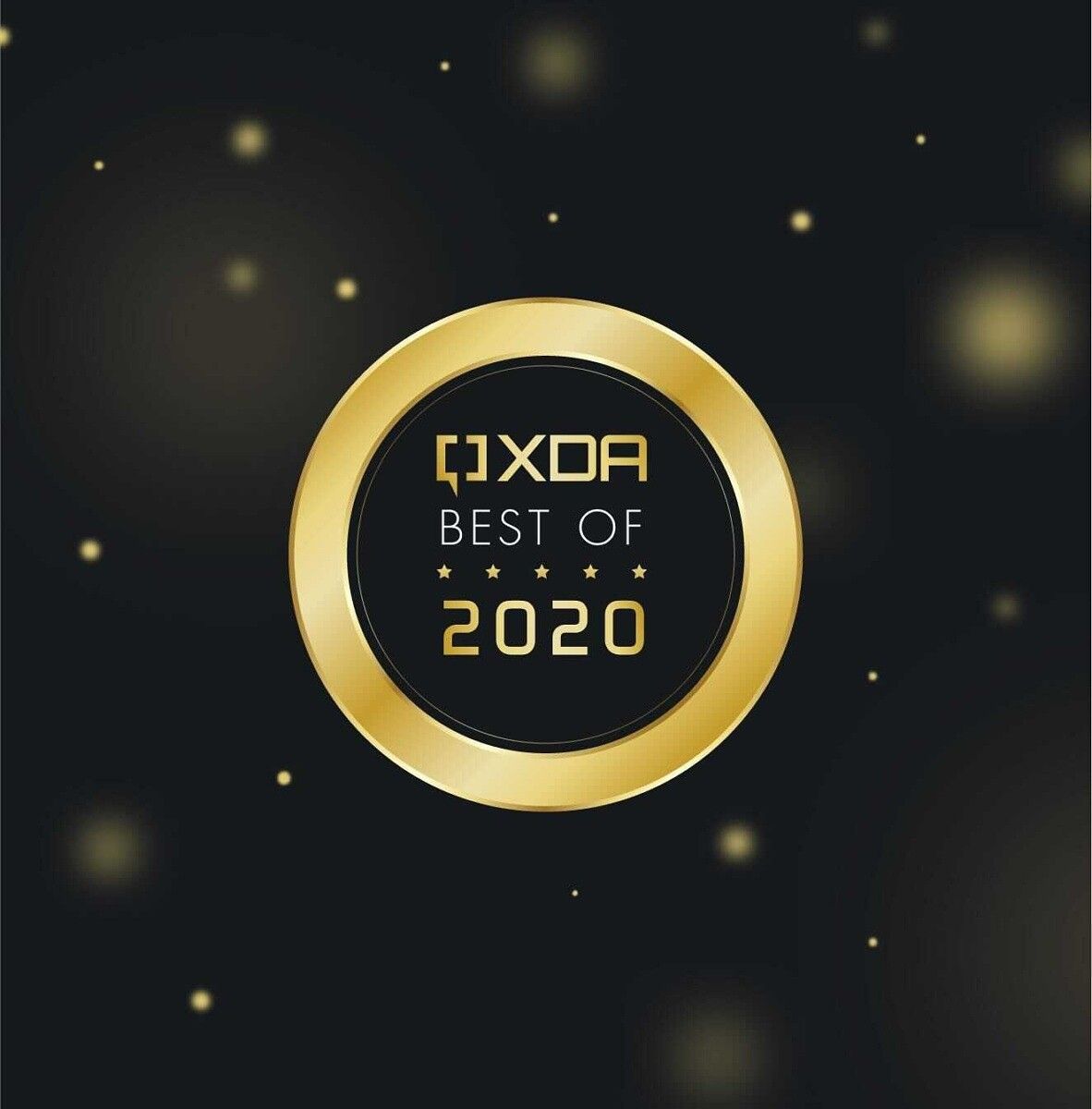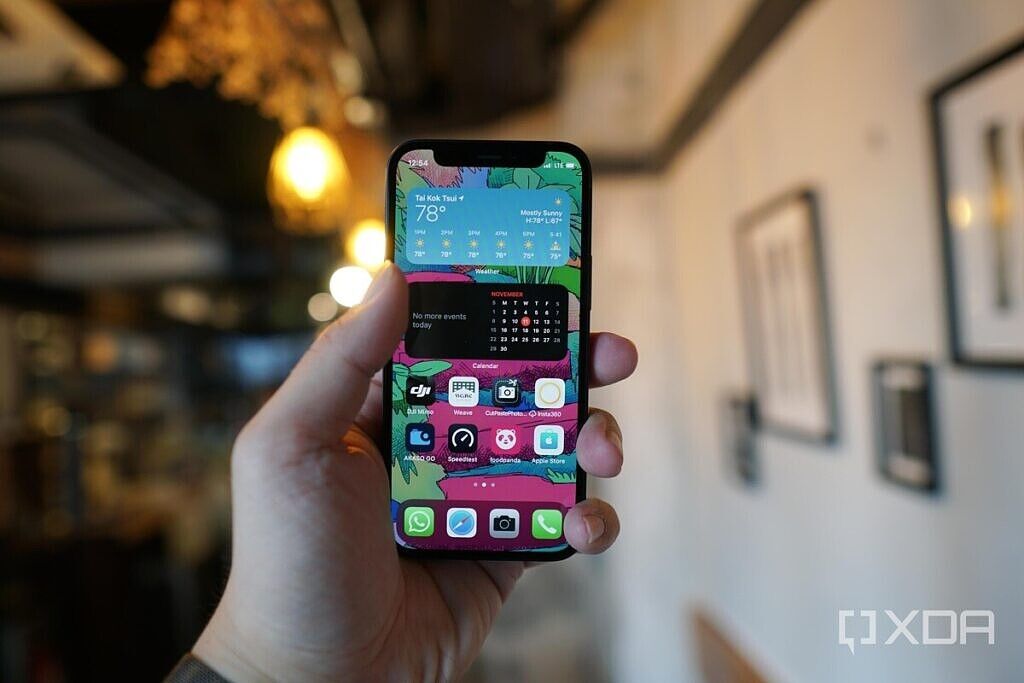Despite all the notable events this year, 2020 has been incredible for consumer tech, and more specifically, smartphones. A lot of companies went all out with their devices, flooding the market with great options catering to a wide variety of needs and wants. We at XDA have used a lot of these gadgets throughout the year, so here are what we think are the best smartphones of 2020.
Navigate this article:
- Best Overall Smartphone
- Best Premium Flagship (Over $800)
- Best Affordable Flagship (Under $800)
- Best Mid-range Smartphone
- Best Value-for-Money Smartphone
- Best Compact Smartphone
- Best Gaming Smartphone
- Best Smartphone Camera
- Best Design on a Smartphone
- Most Innovative Smartphone
- Best Smartphone Accessory
- Best Tablet
- Best Wearable
- Best Smartphone Manufacturer
- Best Community Project
Best Overall Smartphone: Samsung Galaxy Z Fold 2
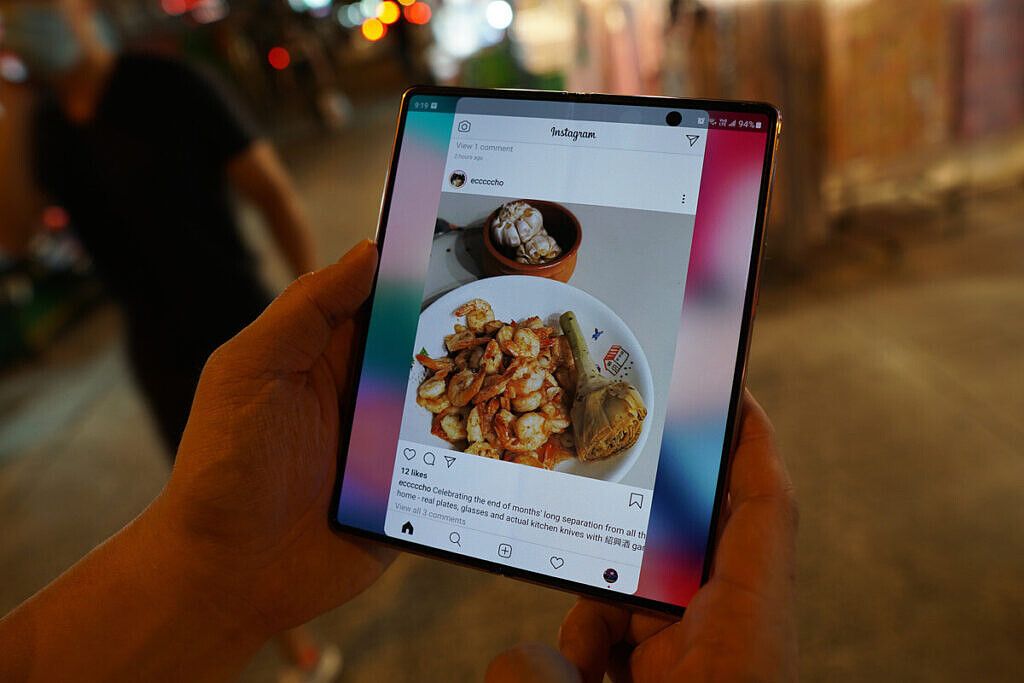
The best smartphone overall is the one phone that everyone should consider buying to get the best overall experience. It's the phone that is not only at the pinnacle of smartphone innovation but is also one that is refined enough to deliver a cohesive experience to the average consumer. Of course, it also needs to have the best combination of top-tier specifications to carry forward the weight of the whole brand with it. It's not just about the specifications alone—it's about the whole story. It's quite a no-brainer that the award for the best overall smartphone this year goes to the Samsung Galaxy Z Fold 2.
 The Samsung Galaxy Z Fold 2 does everything that a flagship can do, and then it folds. It's the first foldable that is truly consumer-ready with no major flaws, refining the experience from the original Fold and the Galaxy Z Flip. The pricing on the device is high, there's no escaping that. But what you do get out of it is a phone that stands out in the crowd in all the right ways. It's big on style, raw horsepower, and practicality. If you want customization, you can choose a different hinge color. You get to be the talk of the town and also get your work done while you're at it. If we sound obsessed, it's probably because we are — the Galaxy Z Fold 2 is a great phone that sets the bar very high in a nascent category that has immense potential. It lives up to the Fold legacy but has enough of its own brand power to carve out its own identity. The Galaxy Z Fold 2 is the smartphone of the year, and having one in our hands makes us very excited in anticipation of what could be next.
The Samsung Galaxy Z Fold 2 does everything that a flagship can do, and then it folds. It's the first foldable that is truly consumer-ready with no major flaws, refining the experience from the original Fold and the Galaxy Z Flip. The pricing on the device is high, there's no escaping that. But what you do get out of it is a phone that stands out in the crowd in all the right ways. It's big on style, raw horsepower, and practicality. If you want customization, you can choose a different hinge color. You get to be the talk of the town and also get your work done while you're at it. If we sound obsessed, it's probably because we are — the Galaxy Z Fold 2 is a great phone that sets the bar very high in a nascent category that has immense potential. It lives up to the Fold legacy but has enough of its own brand power to carve out its own identity. The Galaxy Z Fold 2 is the smartphone of the year, and having one in our hands makes us very excited in anticipation of what could be next.
Samsung Galaxy Z Fold 2
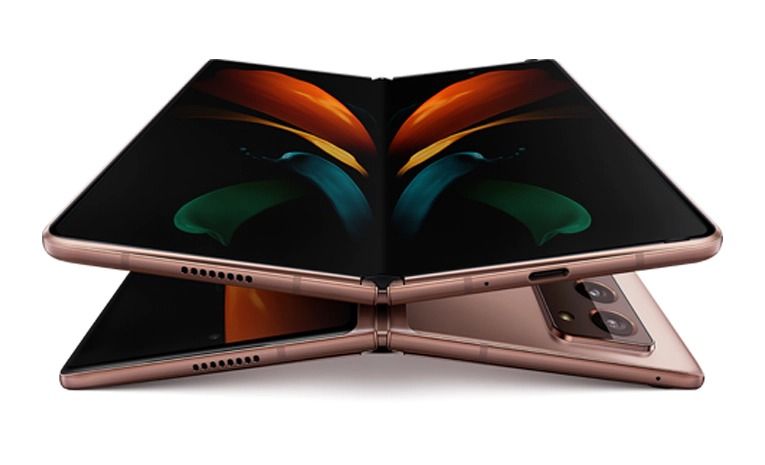
- Samsung
- View at Samsung
Honorable Mentions for Best Overall Smartphone
The runner-ups for this section are two smartphones that also provide excellent experiences all around — smartphones with just the right hint of extras to deliver a nearly perfect experience. They aren't necessarily bleeding edge in what they do, but they handle their duties with a level of finesse that is difficult to find in other smartphones. It's about the experience, and two of the best ones on offer are the Apple iPhone 12 and the Google Pixel 5.
Apple iPhone 12
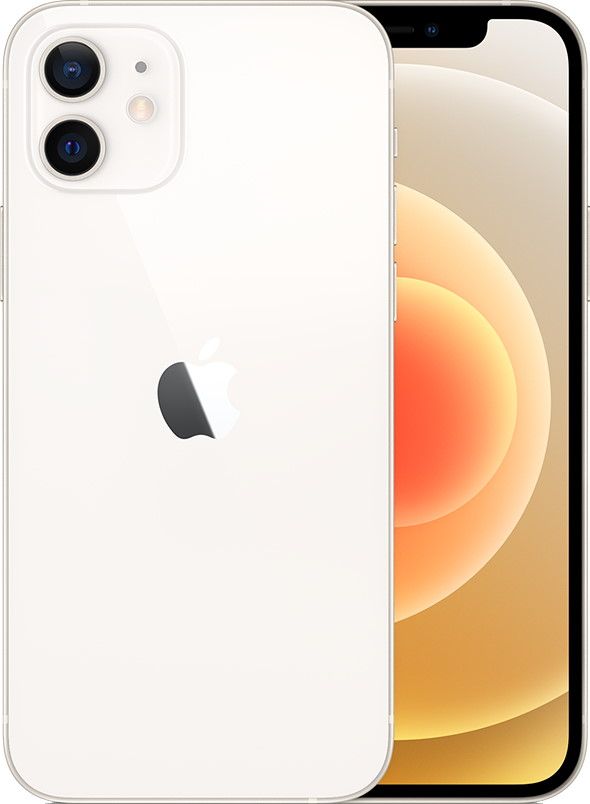
- Best Buy
- View at Bestbuy
Google Pixel 5
- Best Buy
- View at Bestbuy
Best Premium Flagship: Samsung Galaxy Note 20 Ultra
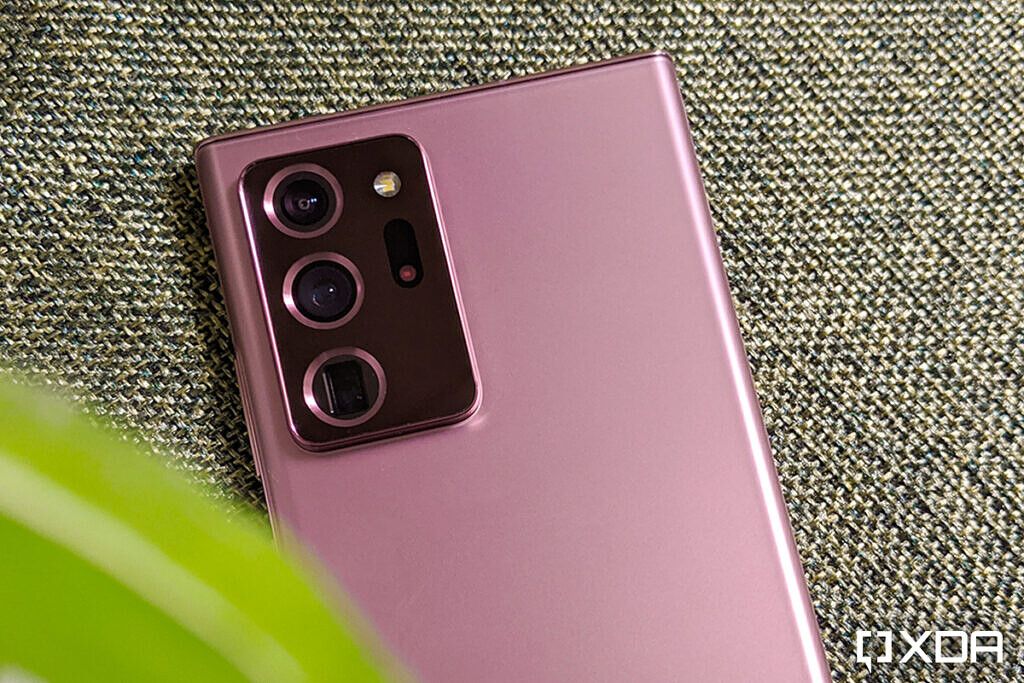
A premium flagship is, to us, a phone that pulls no punches in packing specs, features, and (unfortunately) price. It’s not enough to have just the latest processor — it needs to have all the extra bells and whistles too. A premium flagship is almost always expensive, but the target audience is okay with that. In fact, they want to flaunt the premium-nature of their purchase. And for us, the best premium flagship this year is the Samsung Galaxy Note 20 Ultra.
 Everything about this phone — from the 6.9-inch Super AMOLED display that can refresh up to 120Hz and get as bright as 1500 nits, to the matte copper finish that under certain lighting appears gold, to the seemingly purposefully bulky camera module housing three prominent lenses — screams premium. This is the powerful phone for the power user. With a Snapdragon 865+, 12GB of RAM, and a speedy UI that can act as a desktop computer via Samsung DeX, the Samsung Galaxy Note 20 Ultra can handle everything you throw at it, and then some more. That gorgeous OLED display with razor-thin bezels and a variable refresh rate ensures it’s optimal for fun too. Then there’s the S Pen. While a stylus is not useful for day-to-day browsing, when we do need to sign the occasional e-document or make pinpoint photo crops, the S Pen is still mightier than the fingertip.
Everything about this phone — from the 6.9-inch Super AMOLED display that can refresh up to 120Hz and get as bright as 1500 nits, to the matte copper finish that under certain lighting appears gold, to the seemingly purposefully bulky camera module housing three prominent lenses — screams premium. This is the powerful phone for the power user. With a Snapdragon 865+, 12GB of RAM, and a speedy UI that can act as a desktop computer via Samsung DeX, the Samsung Galaxy Note 20 Ultra can handle everything you throw at it, and then some more. That gorgeous OLED display with razor-thin bezels and a variable refresh rate ensures it’s optimal for fun too. Then there’s the S Pen. While a stylus is not useful for day-to-day browsing, when we do need to sign the occasional e-document or make pinpoint photo crops, the S Pen is still mightier than the fingertip.
Samsung Galaxy Note 20 Ultra
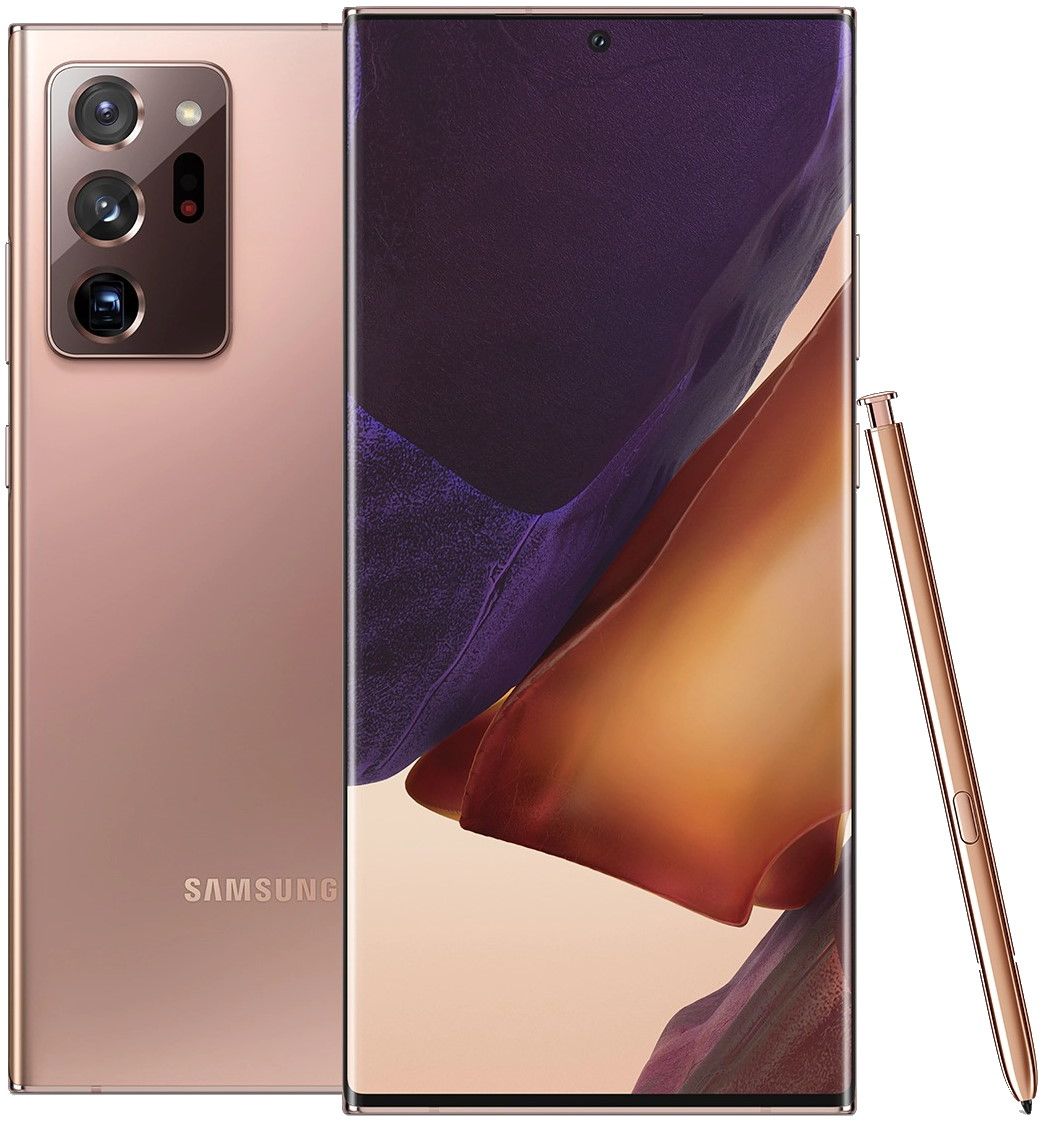
- Samsung
- View at Samsung
Honorable Mentions for Best Premium Flagship
We've tested a lot of excellent premium flagships in 2020, but one that a lot of us keep coming back to is the OnePlus 8 Pro. It's the first truly premium flagship from OnePlus, and it delivers OnePlus's signature clean and fast experience in an absolutely impressive package. It is one of the best performing Android smartphones on the market, but it's also one that is a better eye candy than the usual crop of gaming smartphones. The Samsung Galaxy Z Fold 2 also receives an honorable mention. While it does deliver one of the best overall experiences on Android, it does hold back a few very small punches in areas like camera and some more, primarily to accommodate all the folding tech.
OnePlus 8 Pro
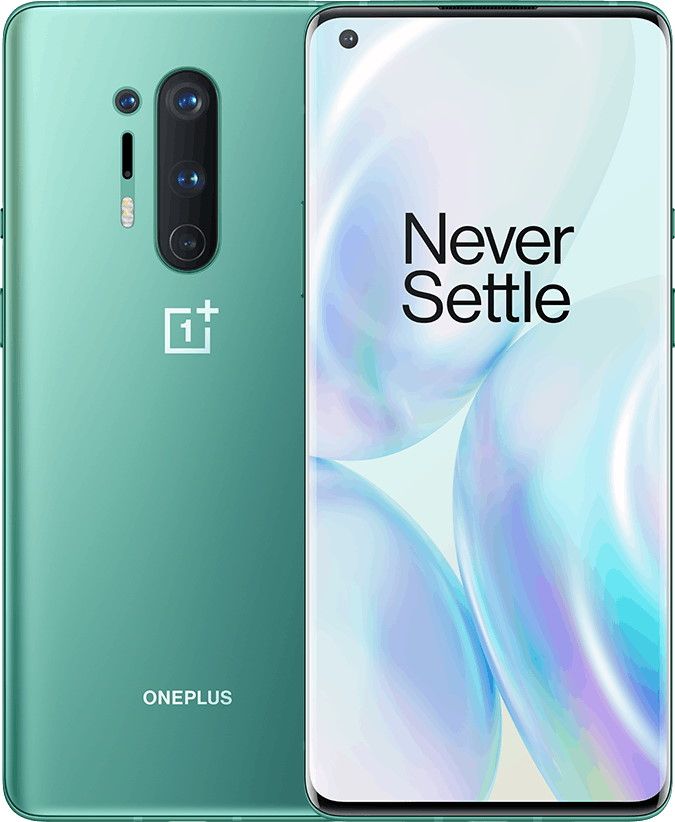
- OnePlus
- View at Oneplus
Samsung Galaxy Z Fold 2
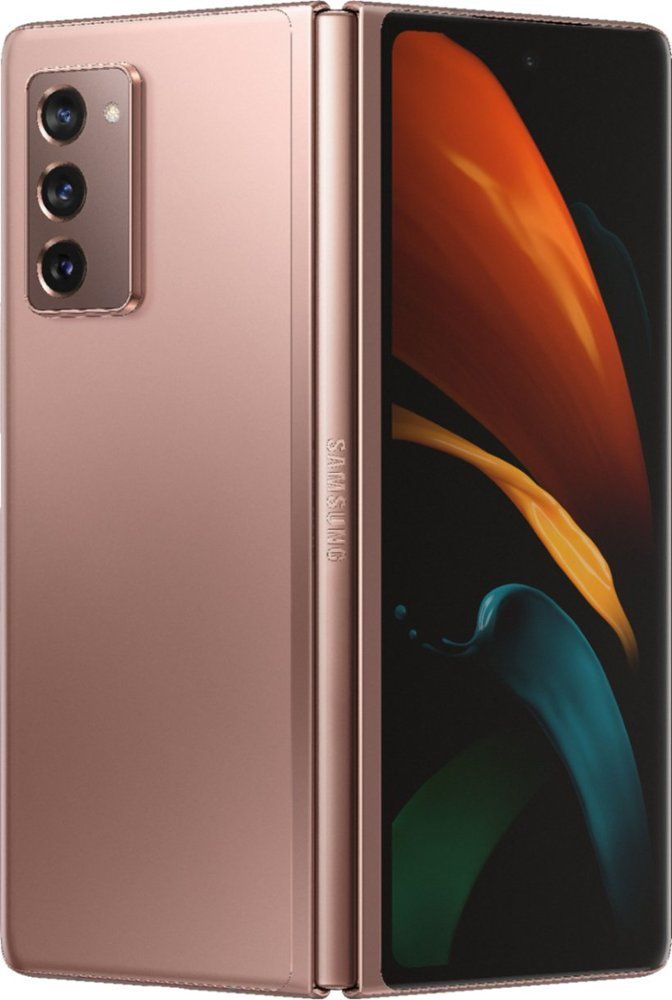
- Samsung
- View at Samsung
Best Affordable Flagship: OnePlus 8T
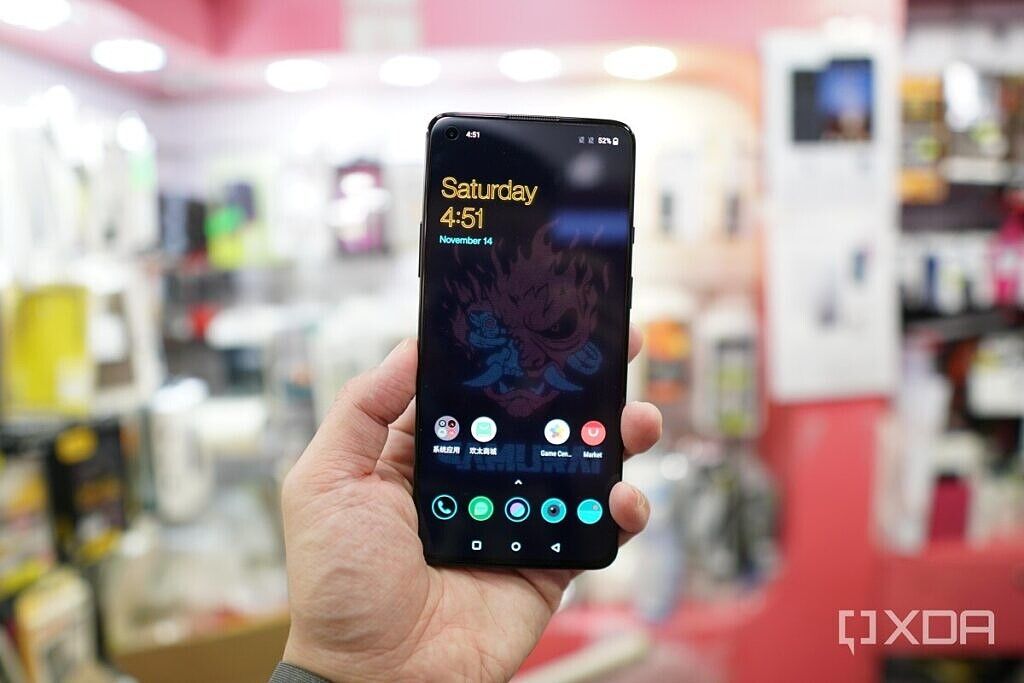
An affordable flagship smartphone is a phone that comes with a flagship-grade processor (meaning Qualcomm’s Snapdragon 865 or its MediaTek/Exynos/HiSilicon/Apple equivalent) and all the other parts necessary to be a top-dog, but costs under $800 to satisfy users who want to splurge within reason. Pricing is definitely a factor here, but so is the experience, so the best affordable flagship is the one that most users look at to get top-tier performance without breaking the bank. And we don't think any phone does that better than the OnePlus 8T.
 The OnePlus 8T carries over a lot of what made the OnePlus 8 Pro a runner-up for our premium smartphone category, but it has a few compromises that let it hit a lower price tag. It's the T upgrade that makes sense. The phone trades the QHD+ display for a still-respectable FHD+ display but retains the Qualcomm Snapdragon 865 that gives the device its great performance. Other trade-offs are smaller downgrades, but you do get an upgrade in charging speeds with OnePlus's proprietary Warp Charge 65 on the 8T, letting you spend less time hugging a wall than with any other OnePlus smartphone.
The OnePlus 8T carries over a lot of what made the OnePlus 8 Pro a runner-up for our premium smartphone category, but it has a few compromises that let it hit a lower price tag. It's the T upgrade that makes sense. The phone trades the QHD+ display for a still-respectable FHD+ display but retains the Qualcomm Snapdragon 865 that gives the device its great performance. Other trade-offs are smaller downgrades, but you do get an upgrade in charging speeds with OnePlus's proprietary Warp Charge 65 on the 8T, letting you spend less time hugging a wall than with any other OnePlus smartphone.
OnePlus 8T
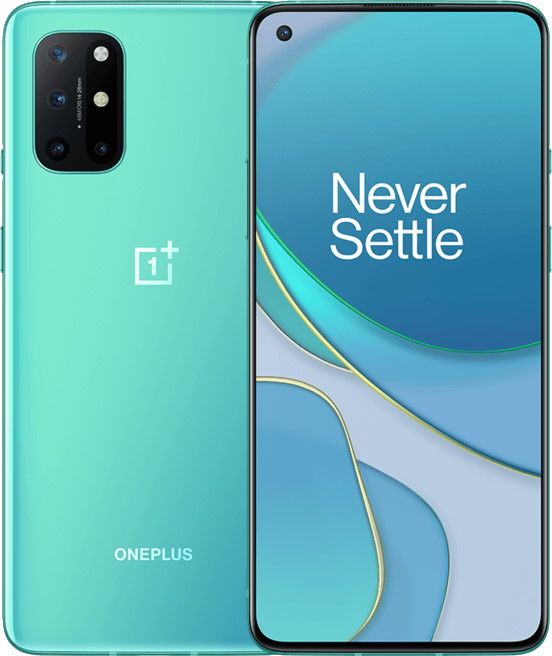
- OnePlus
- View at Oneplus
Honorable Mentions for Best Affordable Flagship: Apple iPhone 12 and Samsung Galaxy S20 FE 5G
The runner-ups for this section are two smartphones that also come with flagship processors and deliver flagship performance, right on par with our winner. The race is close, and the runner-ups could arguably swap places with the winner too. The Apple iPhone 12 and the Samsung Galaxy S20 FE 5G are our runner-ups for the best affordable flagship, letting users experience the best in terms of performance while staying within a practical budget.
Apple iPhone 12

- Best Buy
- View at Bestbuy
Samsung Galaxy S20 FE
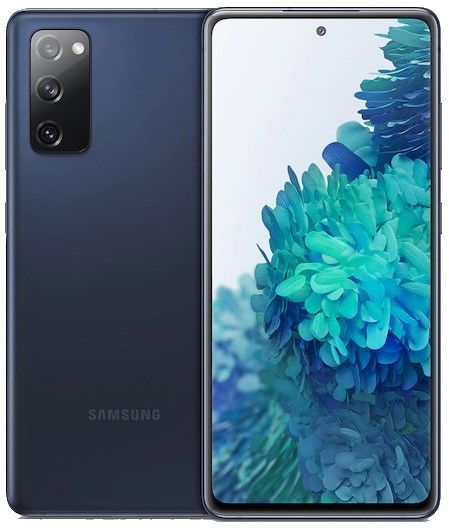
- Samsung
- View at Samsung
Best Mid-Range Smartphone: Google Pixel 4a
![]()
Google’s Pixel phones have consistently offered less value-for-money compared to Samsung’s Galaxy phones and dozens of more affordable models from Chinese OEMs. But despite the gap in hardware, Pixel phones have remained competitive because of Google’s prowess in software support and image processing. Down in the mid-range space, which we define as phones with sub-$500 prices and Qualcomm’s 7-series chips (or their MediaTek/Exynos/HiSilicon equivalent), excellent software can elevate the otherwise middling experience that we’ve come to expect from phones with middle-of-the-road hardware components. No phone demonstrates this better than the Google Pixel 4a, which is why we’ve crowned it the Best Mid-Range Smartphone of 2020.
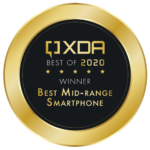 Announced in early August, the Google Pixel 4a is powered by Qualcomm’s Snapdragon 730G, 6GB of RAM, and a 3140mAh battery. It has a relatively small 5.8” Full HD OLED panel at a standard 60Hz refresh rate and the same front and rear cameras we’ve seen in previous generations of Pixel phones. Where the Pixel 4a truly shines is with the official Google Camera app—features like HDR+, Night Sight, Astrophotography, Portrait Mode, and Super Res Zoom make for some compelling shots from both cameras. And the Pixel 4a has already received an OS upgrade to Android 11, with further updates planned to bump the OS to Android 12 and 13, not to mention the consistent monthly security updates and Pixel Feature Drops to keep your phone feeling fresh. At a price of just $349 in the U.S., the Google Pixel 4a is also arguably one of Google’s best value-for-money phones yet.
Announced in early August, the Google Pixel 4a is powered by Qualcomm’s Snapdragon 730G, 6GB of RAM, and a 3140mAh battery. It has a relatively small 5.8” Full HD OLED panel at a standard 60Hz refresh rate and the same front and rear cameras we’ve seen in previous generations of Pixel phones. Where the Pixel 4a truly shines is with the official Google Camera app—features like HDR+, Night Sight, Astrophotography, Portrait Mode, and Super Res Zoom make for some compelling shots from both cameras. And the Pixel 4a has already received an OS upgrade to Android 11, with further updates planned to bump the OS to Android 12 and 13, not to mention the consistent monthly security updates and Pixel Feature Drops to keep your phone feeling fresh. At a price of just $349 in the U.S., the Google Pixel 4a is also arguably one of Google’s best value-for-money phones yet.
Other OEMs like Xiaomi, OnePlus, and Samsung have made great strides in improving their mid-range smartphones, so the next Pixel A phone will need to make a great showing next year, or Google risks losing its edge.
Google Pixel 4a
- Best Buy
- View at Bestbuy
Honorable Mentions for Best Mid-Range Smartphone
Both the OnePlus Nord and the POCO X3 are excellent devices in their own right and even trump the Pixel 4a in regions where it isn't on sale. While the POCO X3 offers a more complete hardware package, OnePlus's OxygenOS elevates the OnePlus Nord to deliver a stronger punch compared to POCO's MIUI experience. This makes the software one of the defining features in our determination of the best mid-range smartphone since everyone can throw together a good combination of specs, but many fail when it comes to software.
OnePlus Nord
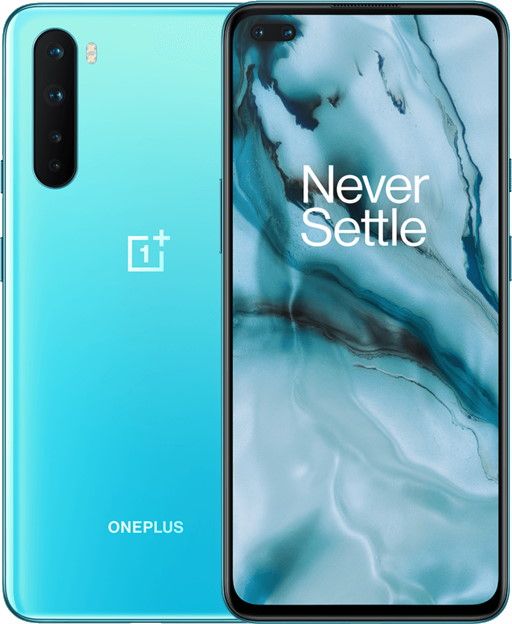
- Amazon.in
- View at Amazon.in
POCO X3 NFC
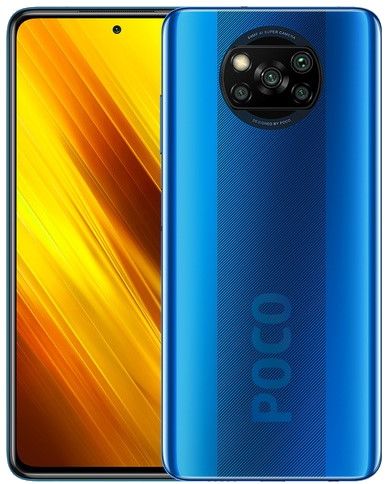
- POCO
- View at Poco.net
Best Value for Money Smartphone: POCO X3
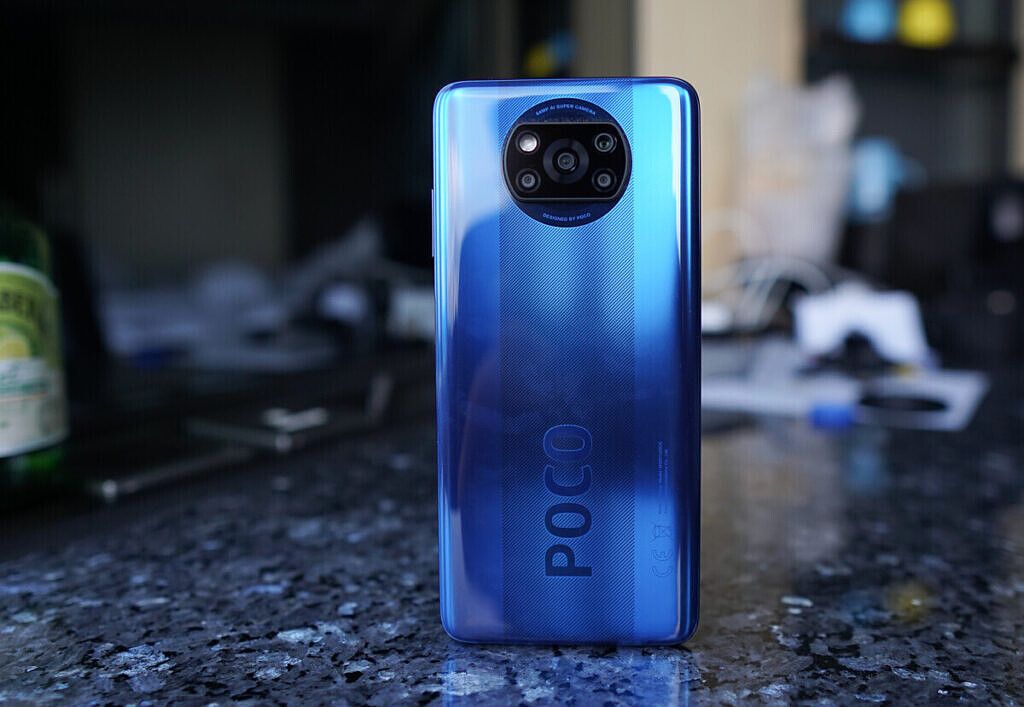
 Many people looking to make a purchase on a new smartphone ask whether or not they're getting their money's worth. The smartphones that offer the most value give you the strongest combination of hardware at the lowest possible price. Our pick this year for the best value for money you can get in a smartphone is the POCO X3. POCO’s smartphones have always been great choices for when you want the best bang for your buck, but the POCO X3, in particular, takes the cake for the best value proposition the company has ever put out. For a price of €205 (~$250) in Europe and even less in China and India (albeit with some changes like a bigger battery and no NFC in the latter market), the POCO X3 offers a 120Hz LCD panel, a 5,160 mAh battery with 33W fast charging (charging brick included), the Snapdragon 732G, a really solid 64MP main camera, and Gorilla Glass on the front and back.
Many people looking to make a purchase on a new smartphone ask whether or not they're getting their money's worth. The smartphones that offer the most value give you the strongest combination of hardware at the lowest possible price. Our pick this year for the best value for money you can get in a smartphone is the POCO X3. POCO’s smartphones have always been great choices for when you want the best bang for your buck, but the POCO X3, in particular, takes the cake for the best value proposition the company has ever put out. For a price of €205 (~$250) in Europe and even less in China and India (albeit with some changes like a bigger battery and no NFC in the latter market), the POCO X3 offers a 120Hz LCD panel, a 5,160 mAh battery with 33W fast charging (charging brick included), the Snapdragon 732G, a really solid 64MP main camera, and Gorilla Glass on the front and back.
POCO didn’t skimp on the little things either: The haptic engine is strong and precise, there’s a headphone jack, and the phone is even rated IP53 for splash resistance. We’ve handled a lot of smartphones this year, but the POCO X3 is the best budget smartphone that can pass for a great mid-range flagship unless you really nitpick.
POCO X3 NFC

- POCO
- View at Poco.net
Honorable Mentions for Best Value for Money Smartphone
The Google Pixel 4a is our pick for the best mid-range smartphone, but it is also a strong contender in the best value for money category. The iPhone 12 Mini also makes an appearance despite its higher-than-Android price tag since it is practically a proper Apple flagship, just in a smaller package and a relatively-cheaper price tag to match. Both of these smartphones offer a great software experience, and you'll notice them as also being the cheaper options of the devices that made it in our runner-ups for the best overall smartphone. Software does indeed matter a lot for both the overall experience and for value-for-money, and you get the best with these.
Google Pixel 4a
- Best Buy
- View at Bestbuy
Apple iPhone 12 Mini
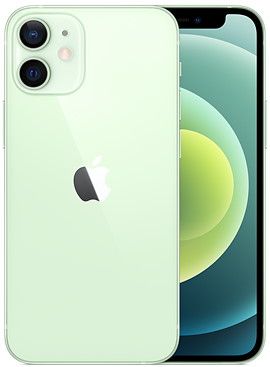
- Best Buy
- View at Bestbuy
Best Compact Smartphone: Apple iPhone 12 Mini
 Compact smartphones are a dying breed on Android, if not completely dead. We can expect Android OEMs to take a renewed interest in this space thanks to the Apple iPhone 12 Mini, which wins our award for the best compact smartphone this year.
Compact smartphones are a dying breed on Android, if not completely dead. We can expect Android OEMs to take a renewed interest in this space thanks to the Apple iPhone 12 Mini, which wins our award for the best compact smartphone this year.
The Apple iPhone 12 Mini is practically an Apple flagship packed into a tiny body, which as a consequence, means it has a smaller battery and lacks the third rear camera. Other than these, you get all the bells and whistles that you get on the iPhone 12 and the iPhone 12 Pro, making this the premier choice for people who prefer smaller phones. Smaller Android phones have traditionally been butchered by compromising heavily on the specifications. Hopefully, that changes in 2021. For now, bow down to the iPhone 12 Mini as your miniature smartphone king.
Apple iPhone 12 Mini

- Best Buy
- View at Bestbuy
Honorable Mentions for Best Compact Smartphone
The Google Pixel 4a and the Google Pixel 5 may not be the smallest smartphones around, but they shine as two of the few relatively smaller Android smartphones that still deliver a great experience. There's just a big vacuum for compact devices in the Android smartphone market, especially from mainstream brands, so the Google Pixel 4a (5.8") and Google Pixel 5 (6.0") come up as runner-ups for lack of better options.
Google Pixel 4a
- Best Buy
- View at Bestbuy
Google Pixel 5
- Best Buy
- View at Bestbuy
Best Gaming Smartphone: ASUS ROG Phone 3
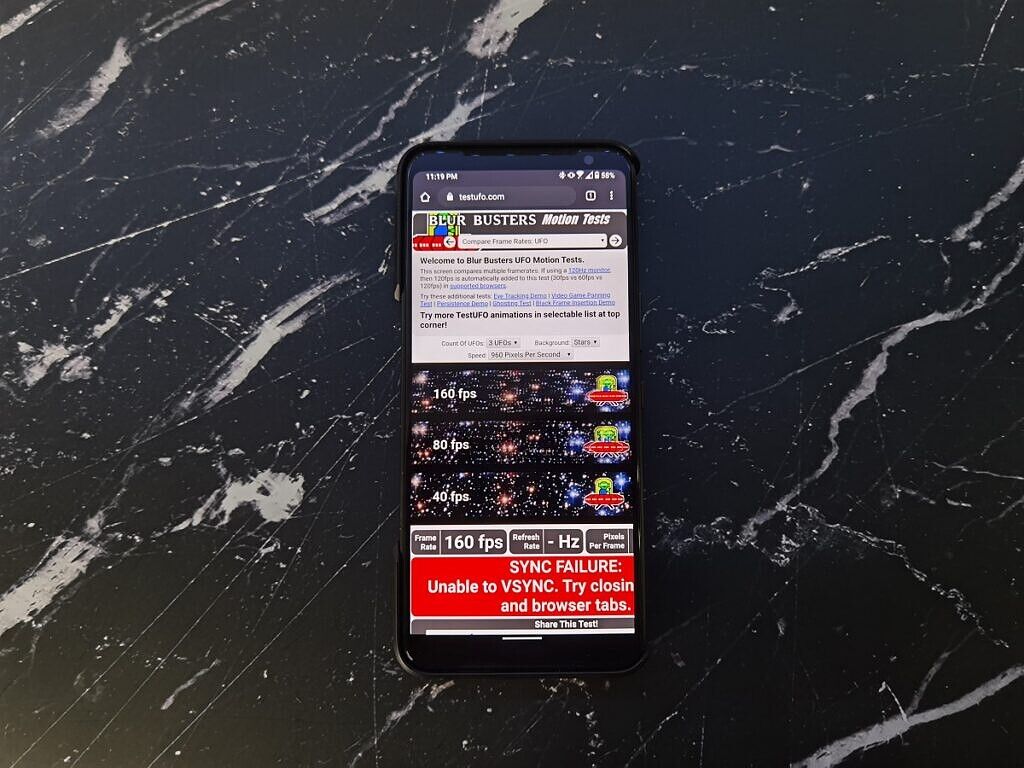
Gaming used to be reserved for PCs and consoles, but these days, it’s totally feasible for a gamer to spend the majority of — if not the entirety of — their time on a mobile device. Thanks to cloud gaming services, mobile gamers no longer have to settle for bite-sized adventures with limited gameplay loops. And as modern phones continue to get beefier, the processing power needed to flawlessly run retro console emulators can be found in more and more devices. But while basically every mid-range and flagship Android phone can play Google Stadia or emulate a PS1, only gaming phones can provide an out-of-the-box experience that truly makes your phone feel like a handheld console. By far the best phone that does just that is the ASUS ROG Phone 3, which is why we think it’s the Best Gaming Phone of 2020.
 The ROG Phone 3 features Qualcomm’s Snapdragon 865 Plus system-on-chip; up to 16GB of RAM; a 6000mAh battery; and a 6.59” notchless, Full HD+ resolution, 144Hz refresh rate display. That’s more than enough power to run every mobile game flawlessly or near flawlessly — including the graphically intensive Genshin Impact — for hours on end. In addition, the ROG Phone 3 provides the best out-of-the-box mobile gaming experience with its plethora of gaming-related features, such as the ultrasonic AirTrigger 3 gestures, per-game Armoury Crate customizations, and in-game GameGenie overlay. If you splurge a bit on accessories, you can pick up the excellent ROG Kunai 3, which can turn your phone into a pseudo-Nintendo Switch-like console when placed in a special case. There’s much, much more to the gaming experience than we can describe here, but we can comfortably say that the ROG Phone 3 blows its competition out of the water when it comes to gaming features.
The ROG Phone 3 features Qualcomm’s Snapdragon 865 Plus system-on-chip; up to 16GB of RAM; a 6000mAh battery; and a 6.59” notchless, Full HD+ resolution, 144Hz refresh rate display. That’s more than enough power to run every mobile game flawlessly or near flawlessly — including the graphically intensive Genshin Impact — for hours on end. In addition, the ROG Phone 3 provides the best out-of-the-box mobile gaming experience with its plethora of gaming-related features, such as the ultrasonic AirTrigger 3 gestures, per-game Armoury Crate customizations, and in-game GameGenie overlay. If you splurge a bit on accessories, you can pick up the excellent ROG Kunai 3, which can turn your phone into a pseudo-Nintendo Switch-like console when placed in a special case. There’s much, much more to the gaming experience than we can describe here, but we can comfortably say that the ROG Phone 3 blows its competition out of the water when it comes to gaming features.
ASUS ROG Phone 3
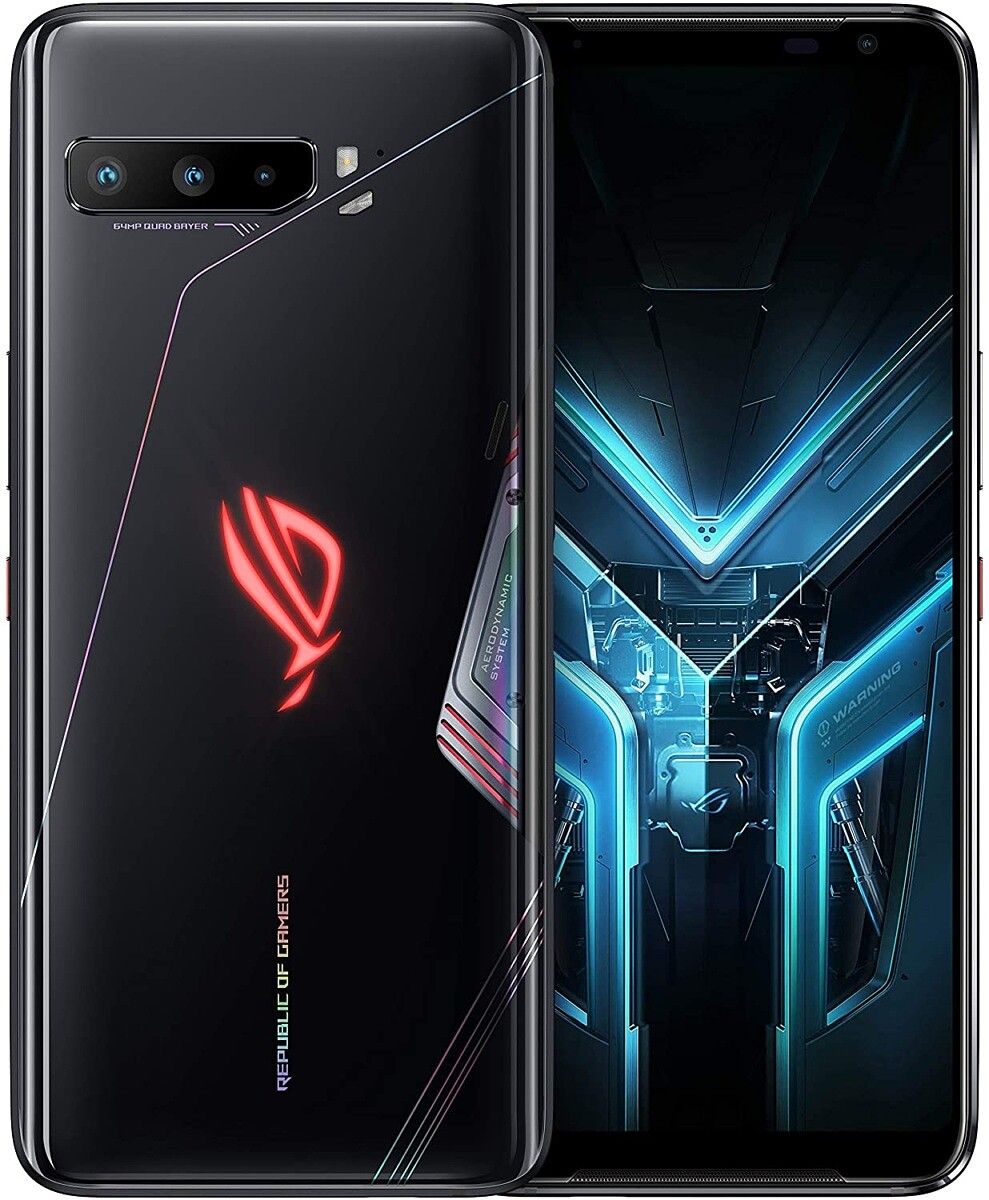
- Amazon
- View at Amazon
While ASUS maintained the edge in mobile gaming hardware this year, they have old and new competitors to watch out for next year. Nubia’s Red Magic phones significantly undercut ASUS ROG phones in terms of price while still offering flagship-tier gaming performance, but Red Magic phones lack the same polish, offer worse software support, and are accompanied by fewer high-quality gaming accessories. Lenovo’s new Legion gaming phone is an interesting contender on paper, but we haven’t had the opportunity to put it to the test just yet. We’ll be keeping an eye out on Nubia, Lenovo, and whatever other brands try to enter the growing — but niche — gaming phone market.
Best Smartphone Camera: Huawei P40 Pro+
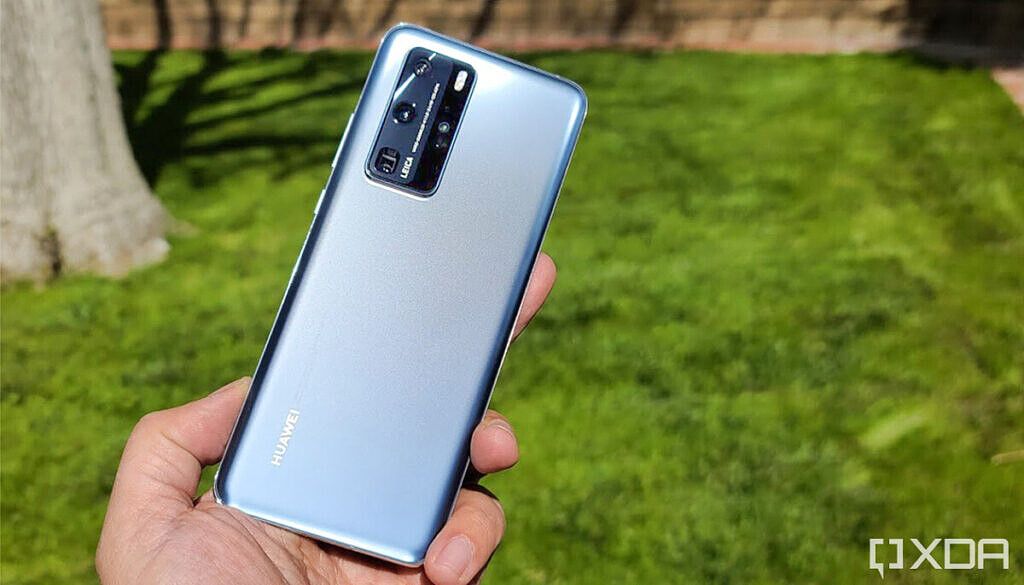
 Smartphone cameras improved a lot this year, with many OEMs choosing to up their game on the main sensor while adding in even more sensors as well. For our award in this category, we are not only considering the overall photo and video quality but also taking into account the versatility of the front and rear cameras. The best camera on a smartphone needs to be an overall camera champ, and in our opinion, the Huawei P40 Pro+ does it best this year across the board.
Smartphone cameras improved a lot this year, with many OEMs choosing to up their game on the main sensor while adding in even more sensors as well. For our award in this category, we are not only considering the overall photo and video quality but also taking into account the versatility of the front and rear cameras. The best camera on a smartphone needs to be an overall camera champ, and in our opinion, the Huawei P40 Pro+ does it best this year across the board.
The Pro model of Huawei’s P-series has been the pioneer in mobile photography over the past couple of years. The Huawei P20 Pro was the first smartphone to use a larger image sensor with more pixels for pixel-binning purposes, and the Huawei P30 Pro used a Periscope zoom lens a full year before Samsung. With this year’s Huawei P40 Pro, Huawei made more game-changing camera improvements, including a 50MP RYYB camera with the industry’s largest image sensor and an ultra-wide-angle camera that is significantly more detailed than other ultra-wides. But while the Huawei P40 Pro’s 5x optical Periscope zoom lens is still class-leading, Huawei saved its biggest camera breakthrough for the Huawei P40 Pro+ in the form of a 10x optical zoom lens. The technology is still a Periscope camera — meaning the lens is placed sideways in the phone’s body to allow light information to travel further — but the Huawei P40 Pro+’s implementation features a larger sensor and a longer travel path, hitting five magnifying glasses along the way. The result is 10x zoom images that are near-lossless in quality and 20x shots that are still easily Instagrammable. In terms of pure camera hardware prowess and versatility, the Huawei P40 Pro+ was a step ahead of the competition.
Huawei P40 Pro+
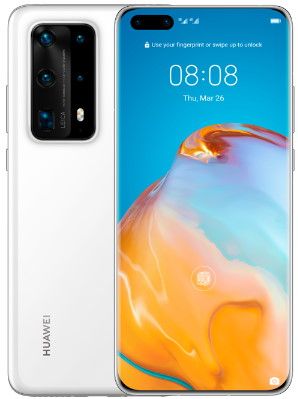
- Huawei
- View at Consumer.huawei
Honorable Mentions for Best Smartphone Camera
The runner-ups in this category are crucial because these are phones that you can readily buy. It should come as little surprise that the Apple iPhone 12 Pro Max and the Samsung Galaxy Note 20 Ultra occupy these spots. The Google Pixel 5, albeit excellent in what it does, misses out as it is less versatile compared to these two, even though a lot of users do find Google's phone excellent for still photography.
Apple iPhone 12 Pro Max
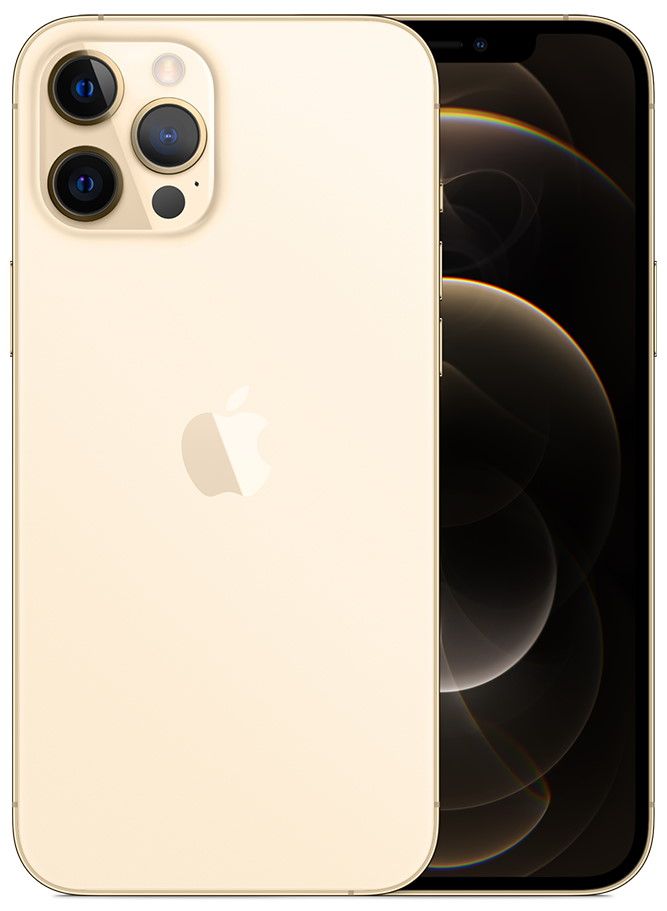
- Best Buy
- View at Bestbuy
Samsung Galaxy Note 20 Ultra

- Samsung
- View at Samsung
Best Design on a Smartphone: Samsung Galaxy Z Fold 2
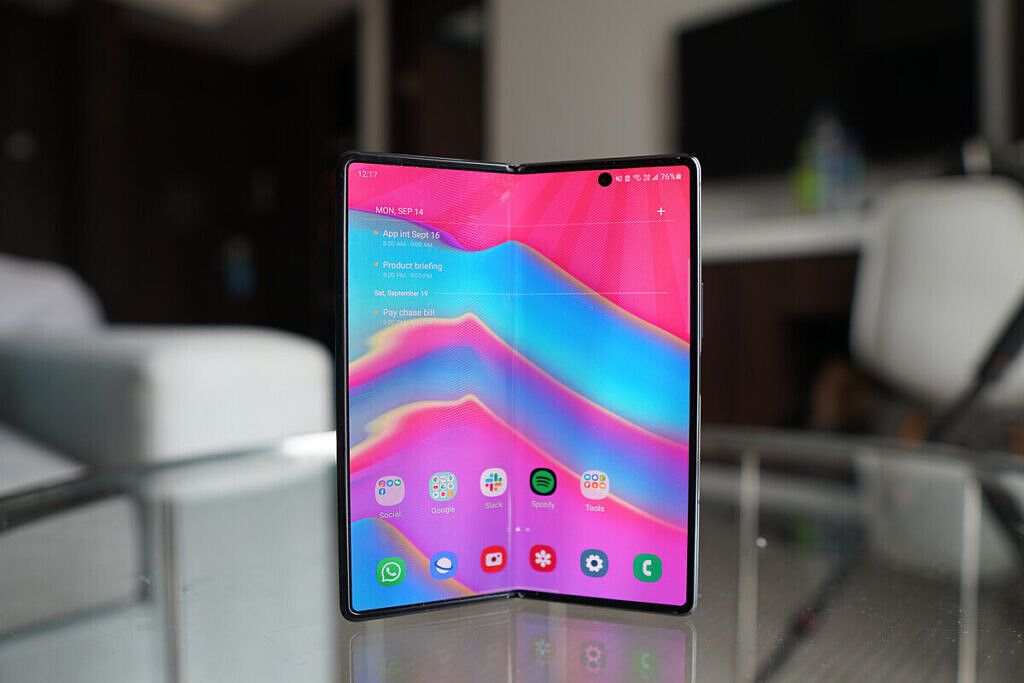
 We’ve all come to know smartphones are those rectangular slabs of glass, plastic, and metal that everyone is glued to. Smartphone makers have come up with a few design tricks to make their phones seem unique - color-changing backs, quad-curved displays, and most recently, under-display cameras. But hiding the cameras and trimming the bezels doesn’t change the fact that these phones still have the same basic rectangular shape that we’ve seen in years past. However, there are a few smartphone makers bucking design conventions with nontraditional form factors. By far the most innovative, promising, and thus far successful alternative smartphone design can be found in Samsung’s Galaxy Z Fold 2, which wins our Best Design of 2020 award.
We’ve all come to know smartphones are those rectangular slabs of glass, plastic, and metal that everyone is glued to. Smartphone makers have come up with a few design tricks to make their phones seem unique - color-changing backs, quad-curved displays, and most recently, under-display cameras. But hiding the cameras and trimming the bezels doesn’t change the fact that these phones still have the same basic rectangular shape that we’ve seen in years past. However, there are a few smartphone makers bucking design conventions with nontraditional form factors. By far the most innovative, promising, and thus far successful alternative smartphone design can be found in Samsung’s Galaxy Z Fold 2, which wins our Best Design of 2020 award.
To put it simply: the Galaxy Z Fold 2 is an engineering marvel. Samsung’s foldable is so far ahead of its competitors — of which there are very, very, few — that it doesn’t seem like the competition has a chance at catching up. Samsung made so many dramatic improvements in its gen-two foldable that we’re utterly convinced that foldables are the future of smartphone design. Everyone else’s foldables — again, of the very few that actually exist — feel like they’re stuck in gen 1 while Samsung is gearing up to launch gen 3 of its product.
Samsung Galaxy Z Fold 2

- Samsung
- View at Samsung
That’s not to say that others aren’t trying. Far from it, in fact. While Samsung dominates the foldable display market, it has yet to challenge smartphone makers in other emerging form factors. Had Microsoft’s dual-screen Surface Duo featured better specs and a lower price, we might have sung its praises. LG’s swiveling Wing phone is as zany as it sounds but somehow makes sense. Many people were initially skeptical about foldable phones, but Samsung’s gen 2 product convinced enough people to back the form factor. Who’s to say that the same won’t happen with the gen 2 versions of Microsoft’s Surface Duo and LG’s Wing?
Honorable Mentions for Best Design on a Smartphone
As mentioned, the LG Wing appears to be truly whacky, but it works well. We applaud LG for taking a big risk with design and delivering a phone that stands out (and swivels!). On the other hand, Apple went back a few years in history with the Apple iPhone 12 series, and consumers actually applauded the nostalgia this brought along.
LG Wing
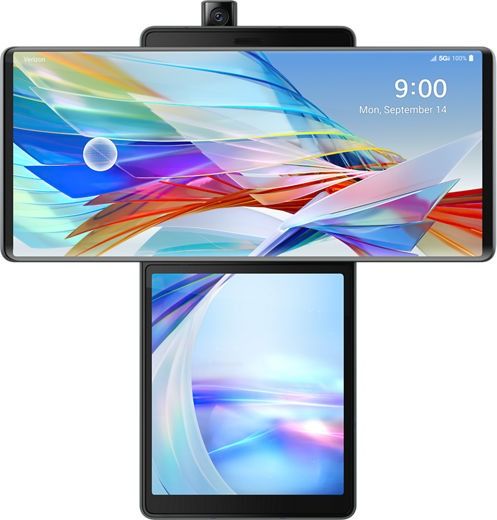
- Verizon
- View at Verizon
Apple iPhone 12

- Best Buy
- View at Bestbuy
Most Innovative Smartphone: LG Wing
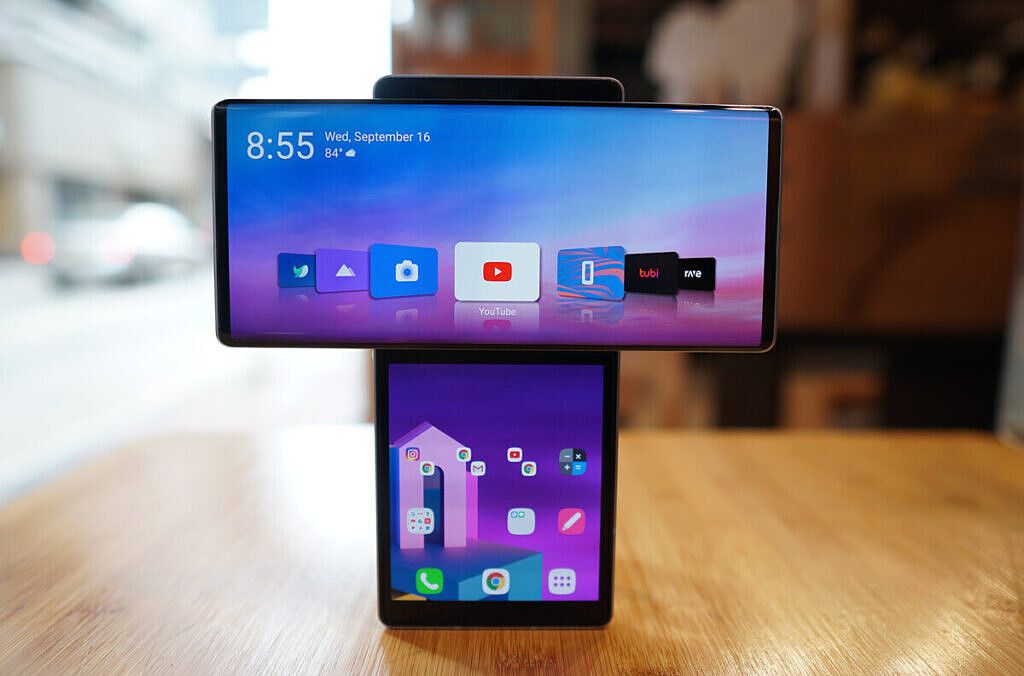
We just got done crowning the Samsung Galaxy Z Fold 2 as the best-designed smartphone of 2020, but we aren’t crowning it as the most innovative. That’s because, despite how substantial its improvements are over the original Galaxy Fold, the Galaxy Z Fold 2 doesn’t show us anything we haven’t been expecting already. The LG Wing, on the other hand, completely turns the notion of how you use a phone on its head. That’s why the LG Wing wins our Best Innovation of 2020 award.
 Despite its many quirks, the LG Wing has made us rethink how multitasking should work on smartphones. It seems obvious that simply having a bigger footprint (like on a foldable device with its display unfolded) will make multitasking easier — after all, you have more room to work with, right? But it’s not that simple because there are generally very few apps that take advantage of the expanded screen size of an unfolded device. Instead, what if you had a second, much smaller screen that exists solely to augment the experience of using the larger, more standard screen? That’s exactly what LG envisioned with the Wing, and it turned out far better than we had thought.
Despite its many quirks, the LG Wing has made us rethink how multitasking should work on smartphones. It seems obvious that simply having a bigger footprint (like on a foldable device with its display unfolded) will make multitasking easier — after all, you have more room to work with, right? But it’s not that simple because there are generally very few apps that take advantage of the expanded screen size of an unfolded device. Instead, what if you had a second, much smaller screen that exists solely to augment the experience of using the larger, more standard screen? That’s exactly what LG envisioned with the Wing, and it turned out far better than we had thought.
With the LG Wing, you can efficiently type by holding the phone in either an inverted T position so the larger screen serves as a full-screen keyboard. With the phone in a T position, you can watch videos on the larger screen up top and control the brightness, the volume level, and scrub back and forth with controls on the smaller screen below without having to interrupt playback, pull down the notification panel, or press any physical buttons. While you’re driving, you can have Google Maps open in portrait mode on the larger screen and keep your YouTube Music pinned to the smaller screen on the left or right. There are surprisingly a lot of ways to use the LG Wing, and the best part is that you can totally ignore the smaller screen when you don’t need it since it tucks away underneath the larger screen. The LG Wing has a lot of gen 1 quirks — most Android apps don’t scale very well onto the tiny 3.9” display, the LG keyboard app is terrible, and there just aren’t that many apps that show anything useful on the second screen — but it’s an innovative take on smartphone design that we never expected to see this year.
LG Wing

- Verizon
- View at Verizon
Honorable Mentions for Most Innovative Smartphone
The Samsung Galaxy Z Fold 2 is a runner up for the most innovative phone because let's admit it: folding phones are cool, and Samsung deserves a pat on the back for taking the risk and driving the whole industry forward. Microsoft also attempted to make a foldable, albeit not one with a foldable display. The hinge on the Microsoft Surface Duo gets it the spot on this list because of how well executed it is — if you get a chance to open and shut a Surface Duo, do it.
Samsung Galaxy Z Fold 2

- Samsung
- View at Samsung
Microsoft Surface Duo
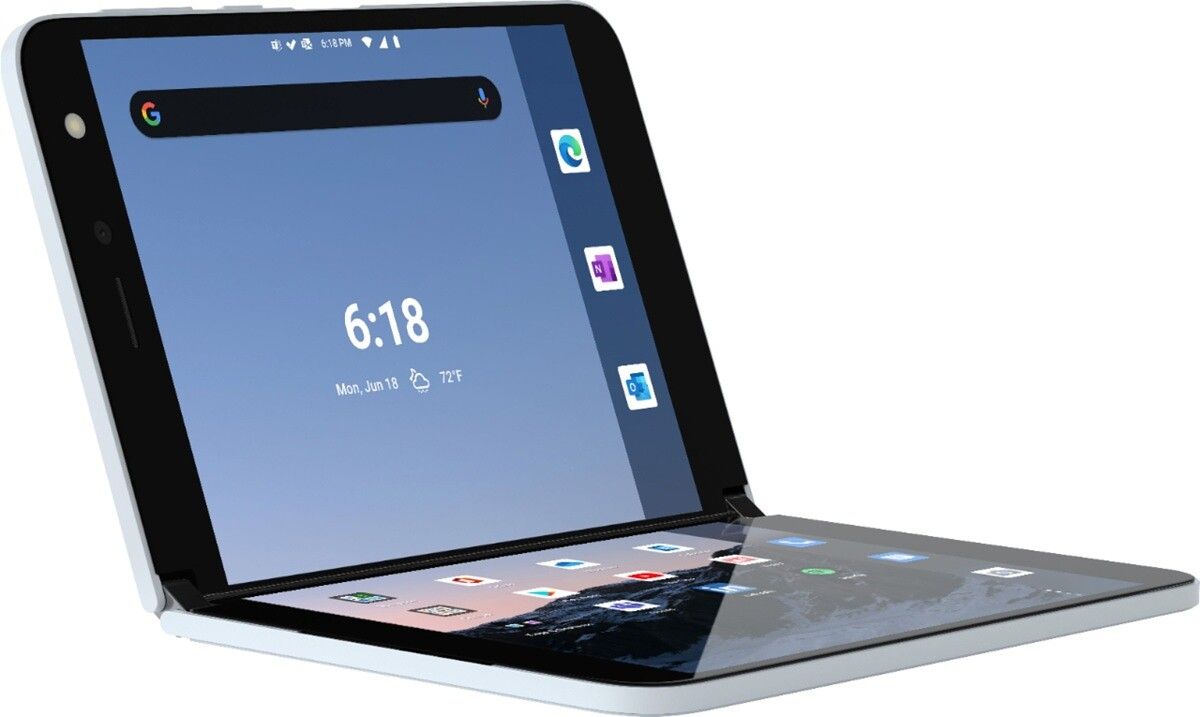
- Best Buy
- View at Bestbuy
Best Smartphone Accessory: Sony WH-1000XM4
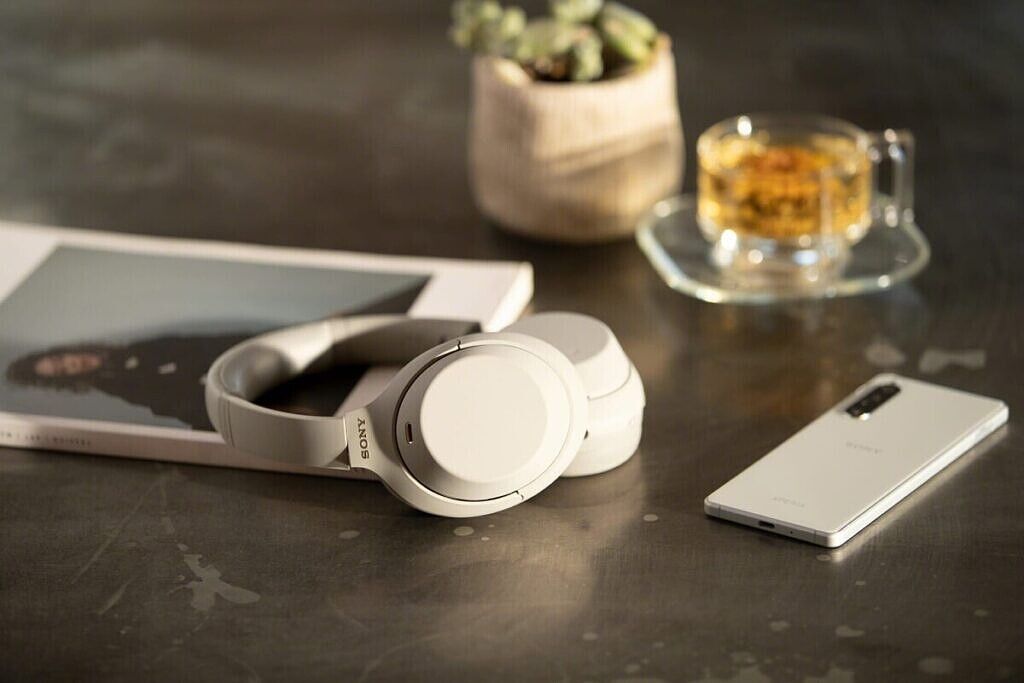
 Apple’s AirPods Pro Max — which, despite its name, are headphones and not earbuds — may be the talk of the town, but Sony’s premium headphones are our pick for the Best Accessory of 2020. The WH-1000XM4 is the successor to the acclaimed WH-1000XM3, Sony’s high-end headphones from 2019 which won the hearts and minds of tech reviewers around the world. The WH-1000XM4 feature the same stellar audio quality, noise cancellation, and comfort from last year’s model, but they also fix some of last year’s pain points. With “Speak-to-Chat”, you can just talk and the headphones will pause music and turn Ambient Sound Mode on for you. Best of all, the new headphones can connect to two Bluetooth devices at the same time, so you don’t have to disconnect from one just to listen to music from another device.
Apple’s AirPods Pro Max — which, despite its name, are headphones and not earbuds — may be the talk of the town, but Sony’s premium headphones are our pick for the Best Accessory of 2020. The WH-1000XM4 is the successor to the acclaimed WH-1000XM3, Sony’s high-end headphones from 2019 which won the hearts and minds of tech reviewers around the world. The WH-1000XM4 feature the same stellar audio quality, noise cancellation, and comfort from last year’s model, but they also fix some of last year’s pain points. With “Speak-to-Chat”, you can just talk and the headphones will pause music and turn Ambient Sound Mode on for you. Best of all, the new headphones can connect to two Bluetooth devices at the same time, so you don’t have to disconnect from one just to listen to music from another device.
Sony WH-1000XM4
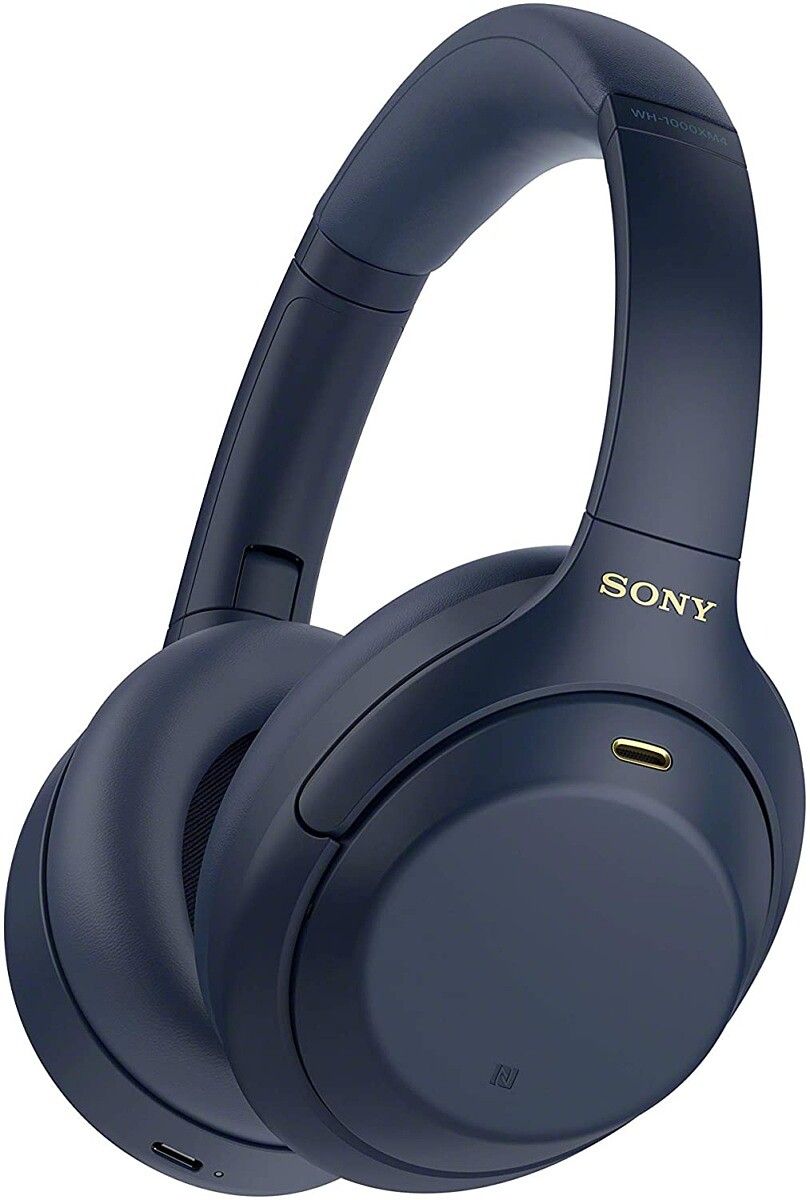
- Amazon
- View at Amazon
Honorable Mentions for Best Smartphone Accessory
It actually is very difficult to condense choices down to a handful of best smartphone accessories, but we tried anyway. Spigen's cases are the runner up namely for their extensive product lineup that is available across a wide portfolio of smartphones across the world. But it's not just because of their variety, but also because of the actual protection they offer at a fairly cheap price. We've (accidentally) knocked a fair few flagships around, and if it weren't for Spigen cases (namely the Ultra Hybrid series), we'd definitely have more cracked screens around.
Further, true wireless earbuds may be a dime a dozen these days, but Huawei’s FreeBuds Pro win our runner’s up spot for its exceptional active noise cancellation that, thanks to its intelligent chip and algorithms, can adjust noise canceling levels on-the-fly depending on the sound. As is usual with Huawei products, the FreeBuds Pro has best-in-class battery life too — seven hours on a single charge.
Spigen
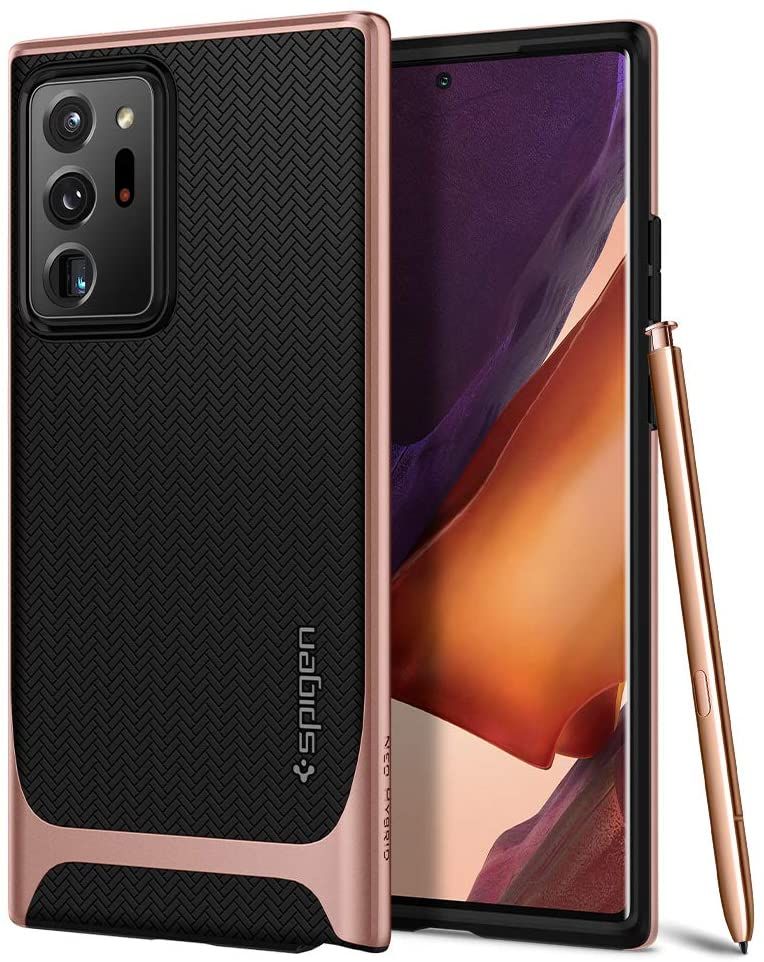
- Amazon
- View at Amazon
Huawei Freebuds Pro
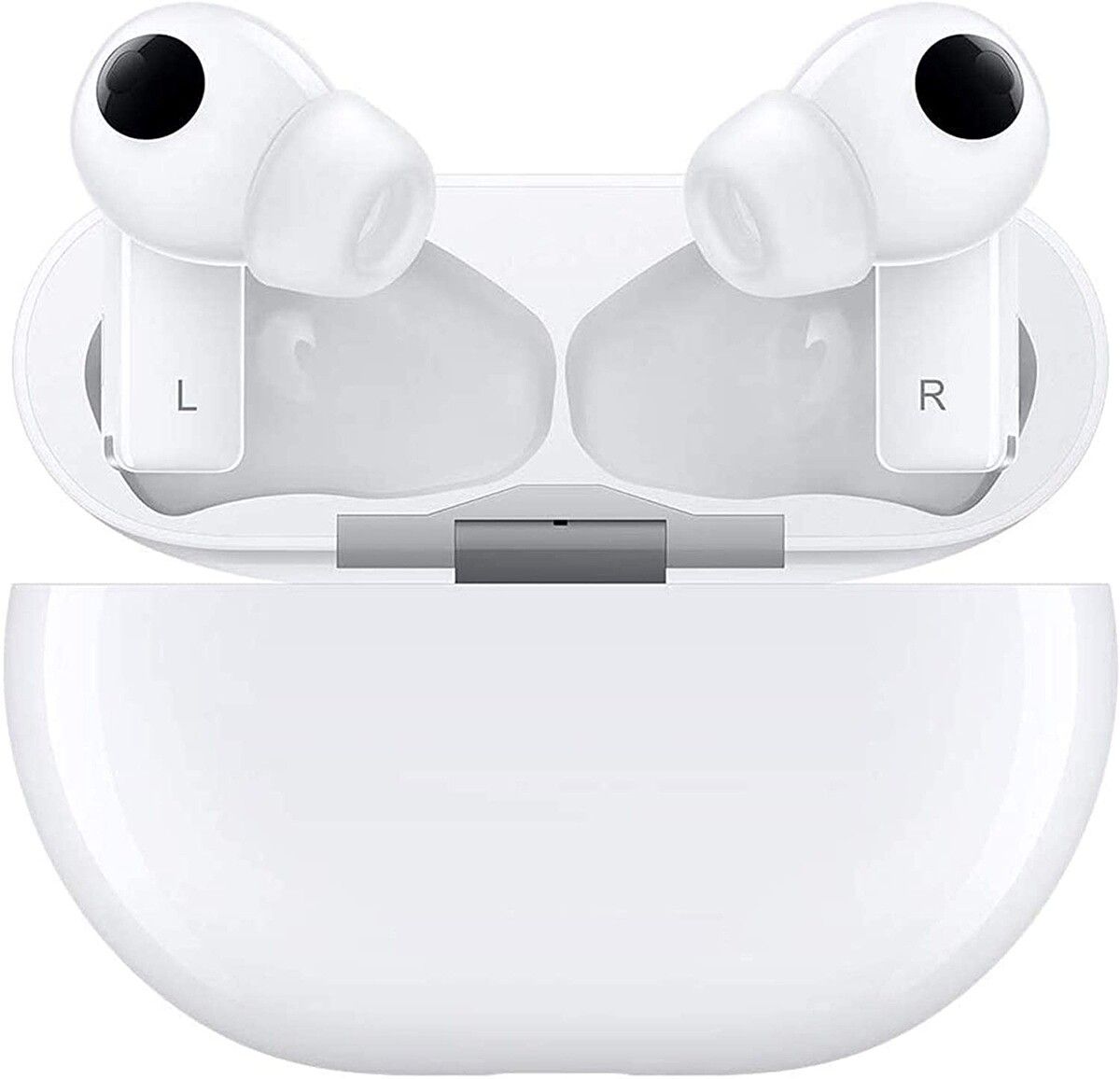
- Amazon
- View at Amazon
Best Tablet: Samsung Galaxy Tab S7 Plus
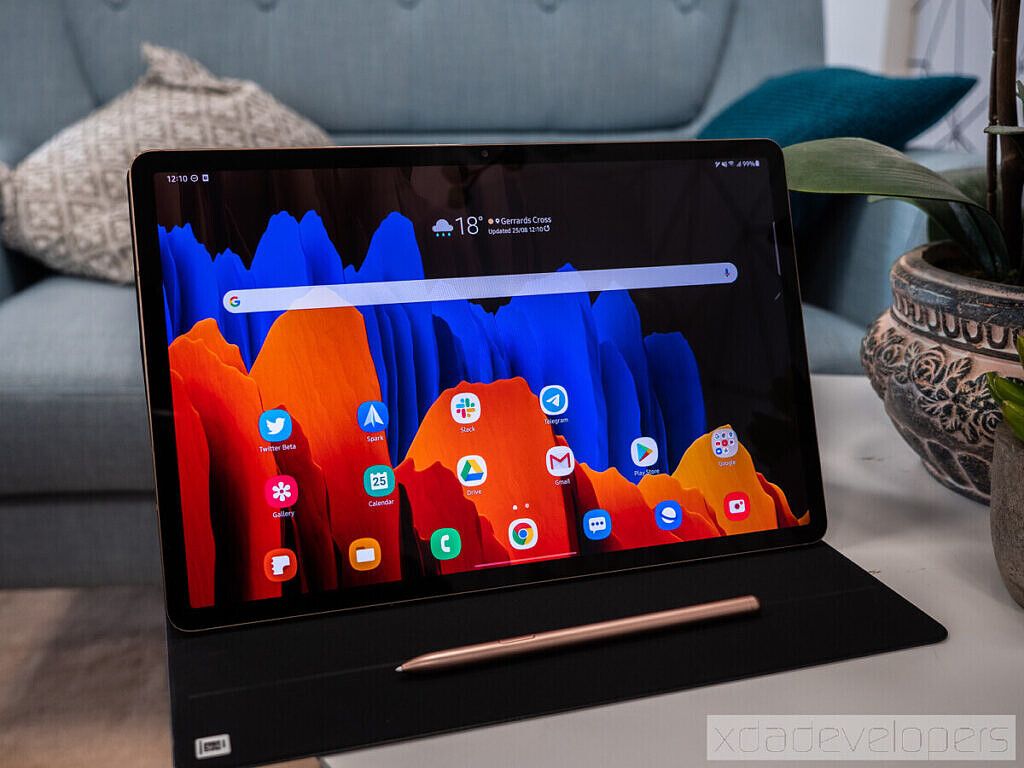
 For years, Android tablets have been (rightly) derided for their inferiority to Apple’s iPad. Often featuring lackluster hardware and poorly optimized software, Android tablets struggle to compete with the iPad, so instead, most of them just don’t. However, Samsung, and to a lesser extent Huawei, never gave up on competing with Apple, often being the only two OEMs to release flagship tablets each year. With the Galaxy Tab S7 Plus, however, Samsung has finally proven that it can not only make a tablet that’s competitive with Apple’s most premium iPad Pro, but one that’s arguably even better. That’s why the Samsung Galaxy Tab S7 Plus is our pick for Best Tablet of 2020.
For years, Android tablets have been (rightly) derided for their inferiority to Apple’s iPad. Often featuring lackluster hardware and poorly optimized software, Android tablets struggle to compete with the iPad, so instead, most of them just don’t. However, Samsung, and to a lesser extent Huawei, never gave up on competing with Apple, often being the only two OEMs to release flagship tablets each year. With the Galaxy Tab S7 Plus, however, Samsung has finally proven that it can not only make a tablet that’s competitive with Apple’s most premium iPad Pro, but one that’s arguably even better. That’s why the Samsung Galaxy Tab S7 Plus is our pick for Best Tablet of 2020.
The Samsung Galaxy Tab S7 Plus is visually breathtaking. It has the best display on any tablet, period. It has the processing power to match Samsung’s best flagships on the market, including the Galaxy Note 20 Ultra. Samsung’s efforts with the S Pen and DeX, their partnerships with Microsoft on Windows and Harman on audio, and their work on optimizing One UI have culminated in an Android tablet experience that is finally not just acceptable, but good. The relatively small number of tablet-optimized apps is the Tab S7’s Achilles’ heel, but it’s now no longer the dealbreaker it once was. Android finally has a proper contender to the iPad in the Tab S7 Plus, it’s just a shame it took so long for that to happen.
Samsung Galaxy Tab S7 Plus
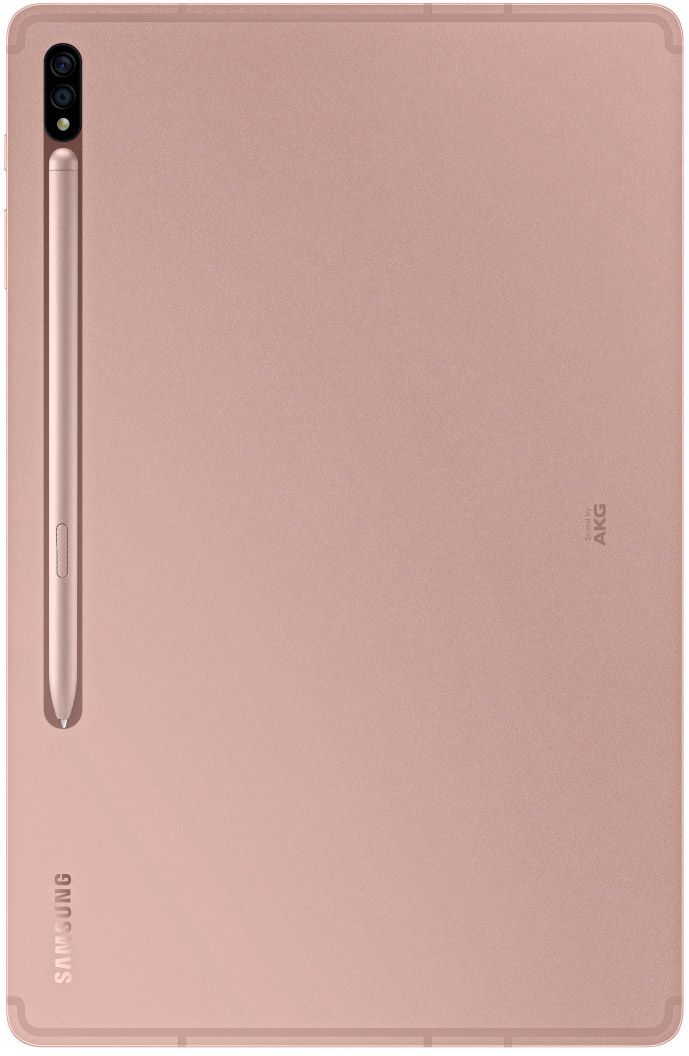
- Samsung
- View at Samsung
We mentioned that Huawei was one of the only other OEMs putting any kind of effort into tablets, and the company’s latest MatePad Pro is proof of that. Due to geopolitical reasons, the MatePad Pro is hampered by a lack of Google apps, which heavily reduces the already small number of available tablet apps. Huawei hasn’t thrown in the towel just yet, despite the many hardships they face, so we’re excited to see what their next tablet will be.
Honorable Mentions for Best Tablet
The Apple iPad Pro comes in as a close runner-up, for very obvious reasons. Apple dominates the tablet market, and the iPad Pro is its flagship range. A big beautiful display, plenty of processing power, and an iPadOS that actually complements the larger screen real estate -- if your loyalty is not strictly resting with Android, the iPad Pro is the tablet you should pick up.
Apple iPad Pro 12.9-inch (2020)
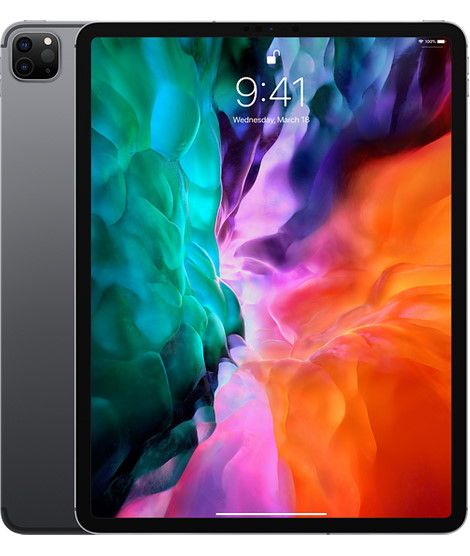
- Best Buy
- View at Bestbuy
Best Wearable: Samsung Galaxy Watch 3
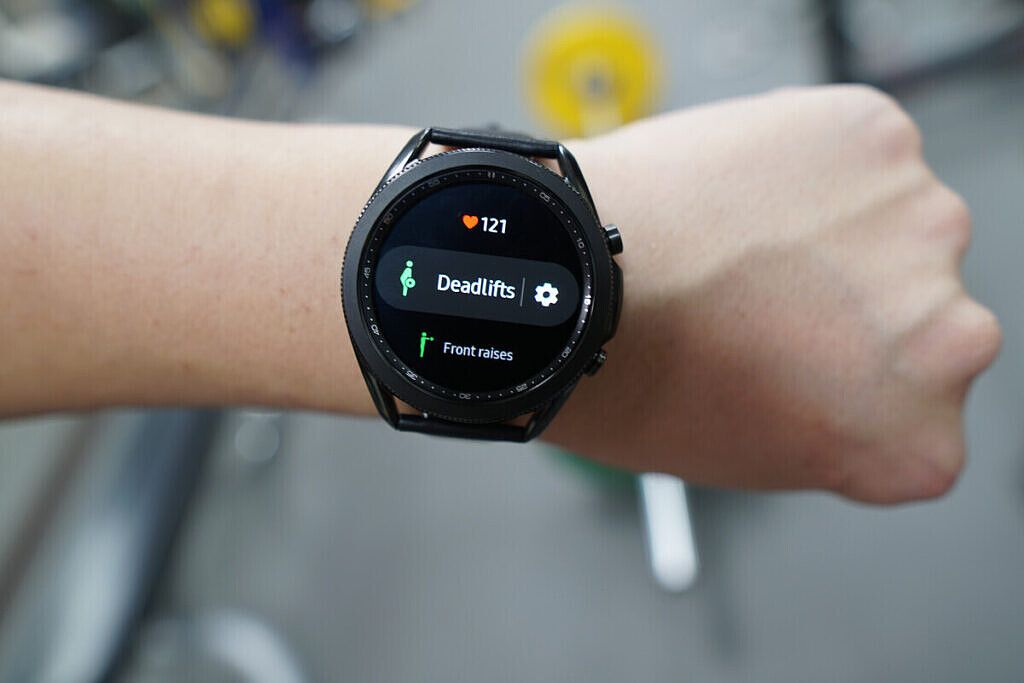
 When it comes to wearables, Android's Wear OS-based options once again are pretty lacking. If you have an Android smartphone, your options then further get narrowed down to pretty much one de-facto option: Samsung's Tizen OS-based smartwatches that work best with Samsung Galaxy smartphones but are also largely supported across Android. Choosing the best wearable that appeals to most people becomes an easy decision then, as it will obviously be the Samsung Galaxy Watch 3.
When it comes to wearables, Android's Wear OS-based options once again are pretty lacking. If you have an Android smartphone, your options then further get narrowed down to pretty much one de-facto option: Samsung's Tizen OS-based smartwatches that work best with Samsung Galaxy smartphones but are also largely supported across Android. Choosing the best wearable that appeals to most people becomes an easy decision then, as it will obviously be the Samsung Galaxy Watch 3.
The Samsung Galaxy Watch 3 might not be the absolute best smartwatch in terms of features or experience, but it edges out the Apple Watch Series 6 mainly because of its much-better compatibility with Android smartphones. Android smartphones have a very large market share, so we can't consider a watch that does not support this popular OS as the best when another highly-competitive watch exists which does. Smartwatches are largely meant to be complementary experiences to smartphones even though they can be sometimes standalone thanks to LTE, but it still makes sense to look at the overall picture instead of just the smartwatch alone. In both scenarios, the Samsung Galaxy Watch 3 presents a very solid package. And not being based on Android's Wear OS is actually a very strong point.
Samsung Galaxy Watch 3
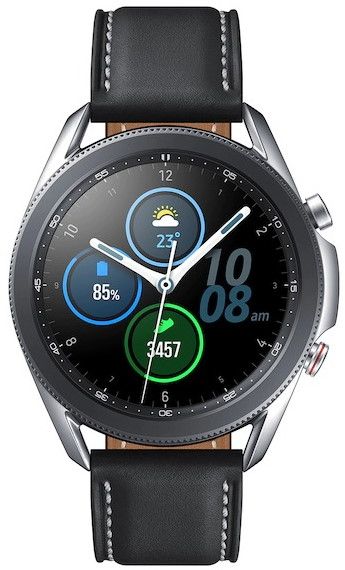
- Samsung
- View at Samsung
Honorable Mentions for Best Wearable
The Apple Watch Series 6 is a very, very close runner up, providing an arguably better experience as long as you are okay with investing further into the Apple ecosystem. And if for some reason you do wish to stick around with Android's Wear OS, then your best option in 2020 is the Mobvoi TicWatch Pro 3, which packs in excellent hardware as long as you are okay with the sub-par software experience.
Apple Watch Series 6
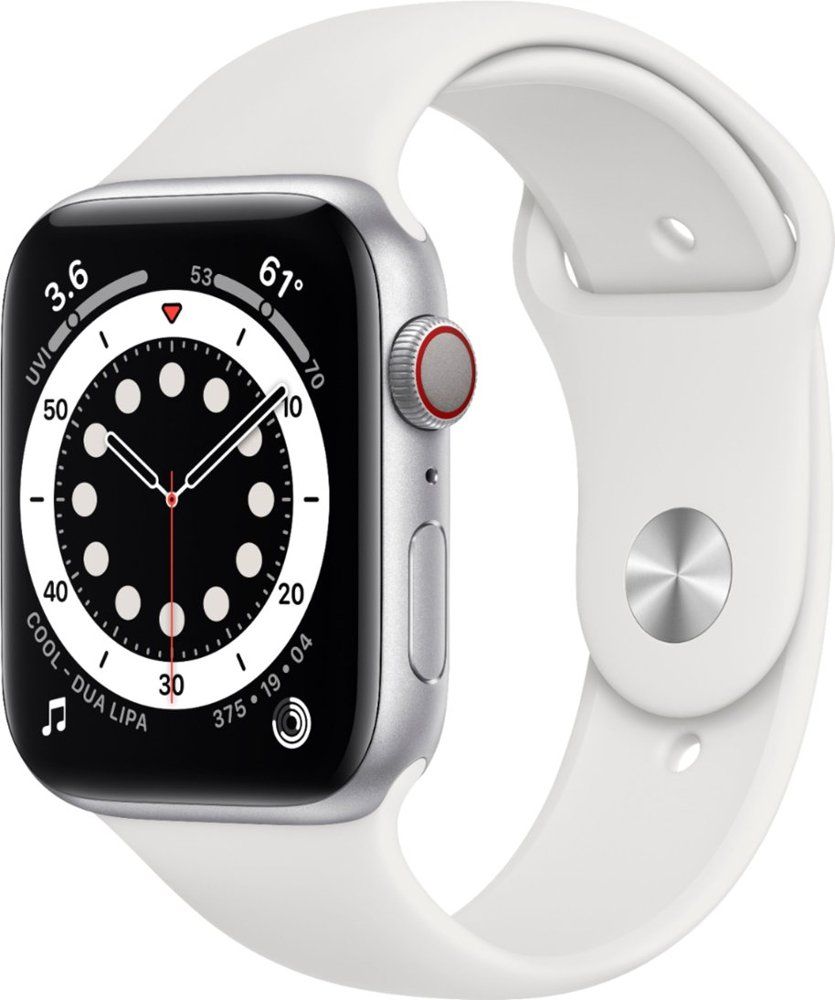
- Best Buy
- View at Bestbuy
Mobvoi TicWatch Pro 3
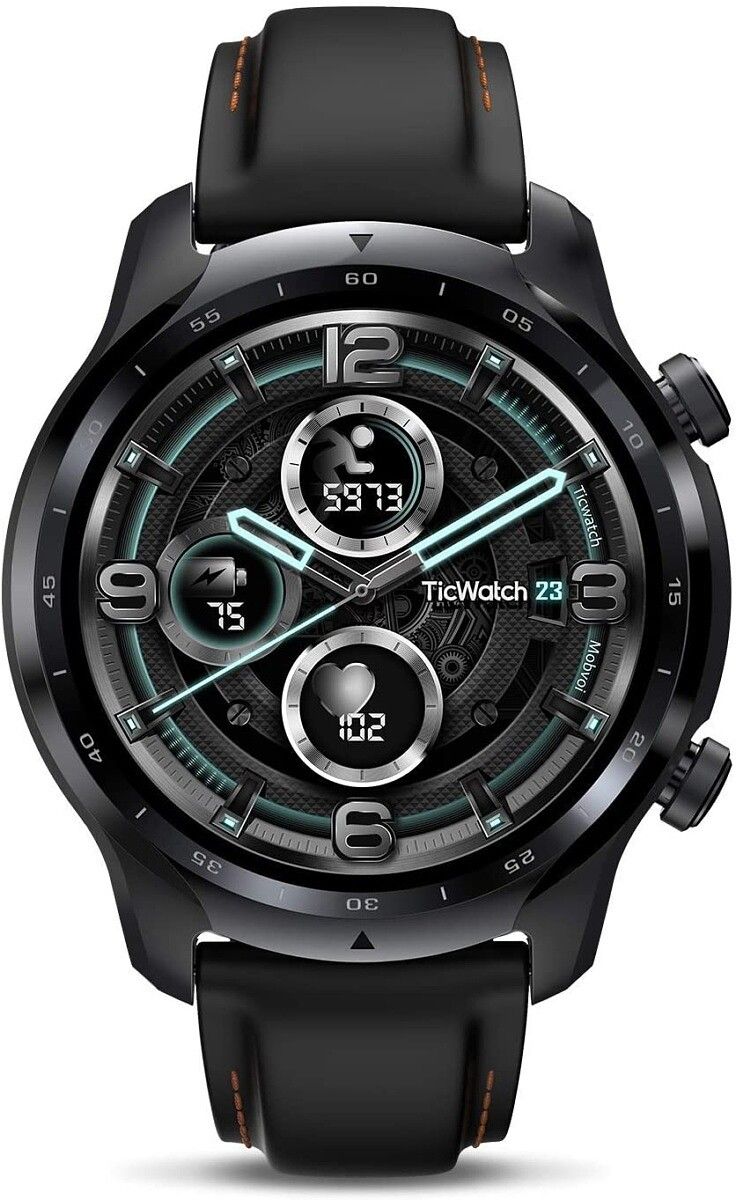
- Amazon
- View at Amazon
Best Smartphone Manufacturer: Samsung
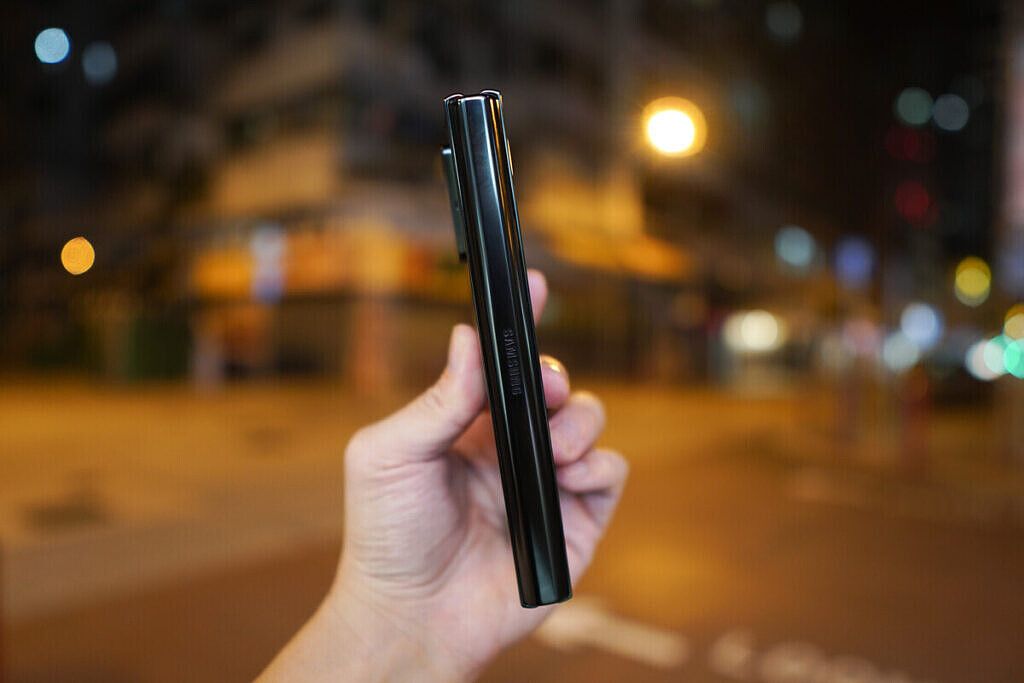
If it weren’t for Samsung, Android might not be where it is today. The South Korean tech giant has consistently been the largest smartphone maker by volume for years now, but unlike Intel, they haven’t been resting on their laurels. Samsung continues to innovate, diversify its portfolio, and improve its software and services. To be clear, Samsung hasn’t shifted gears in any way this year, but doubling down on what made them successful last year has only further widened the gap between them and other top-tier smartphone makers.
 In 2020, Samsung continued its dominance in foldables. The company is the overwhelming market leader in manufacturing foldable displays and designing foldable phones, grabbing an estimated 88% of the foldable smartphone market share according to industry analysts at Display Supply Chain Consultants (DSCC).
In 2020, Samsung continued its dominance in foldables. The company is the overwhelming market leader in manufacturing foldable displays and designing foldable phones, grabbing an estimated 88% of the foldable smartphone market share according to industry analysts at Display Supply Chain Consultants (DSCC).
To continue challenging the growth of Chinese smartphone makers, Samsung has dramatically expanded its existing budget and mid-range smartphone lines. While it’s sometimes difficult to differentiate between Samsung’s latest phones, Samsung’s overall strategy is evident: flood the market with phones across all different price points by changing a few components here and there. Chinese OEMs do this too, but Samsung manages the same while offering stellar software and after-sales support, an abundance of useful software services, and integrations with its suite of wearables, hearables, PCs, and TVs.
While Samsung was once the recipient of ire for its TouchWiz skin, they’re now one of the most praised OEMs for One UI. One UI 3.0 doesn’t add much over One UI 2.0, but Samsung has already packed so many features into One UI that there isn’t much for us to complain about. Plus, they continue to release new Good Lock modules for those of you who really care about software customization. And with the company’s recent commitment to 3 generations of OS updates, Samsung’s phones will soon be among the best-supported Android phones on the market.
Samsung

- Samsung
- View at Samsung
The work put in by Xiaomi this year hasn’t gone unnoticed by us, but the crown for Best Smartphone Manufacturer remains on Samsung’s head this year.
Honorable Mentions: Xiaomi and Huawei
Xiaomi and Huawei come out as honorable mentions for the best smartphone manufacturers. Xiaomi goes neck and neck against Samsung in major markets around the world across a wide variety of segments, and its approach to the ecosystem experience around smartphones is along the same lines as Samsung. Without Xiaomi, we'd probably be seeing major stagnation in the smartphone space as they are one of the prime competitors to practically everyone. On the other hand, Huawei comes out as the OEM that just refuses to give up despite monumental odds against its existence. In circumstances that would have caused other OEMs to fold twice over, Huawei began the mammoth task of building up its own parallel ecosystem competing against Google and Apple. If the roadblocks to Huawei had not materialized, Samsung would have had a tough time staying on as a winner in this list.
Xiaomi
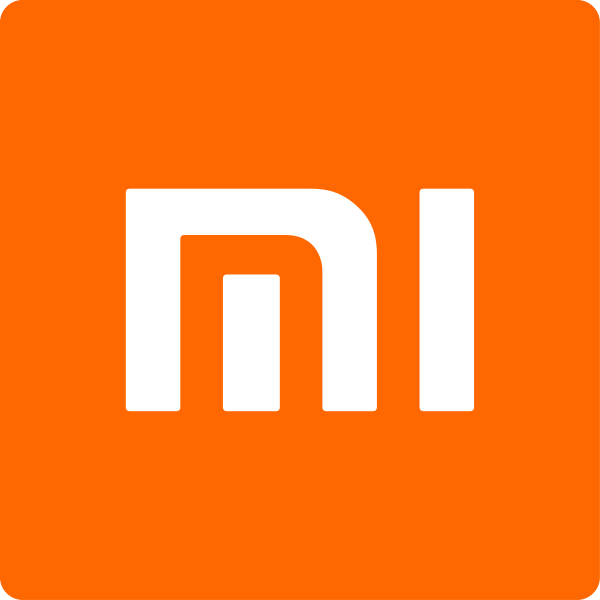
Huawei
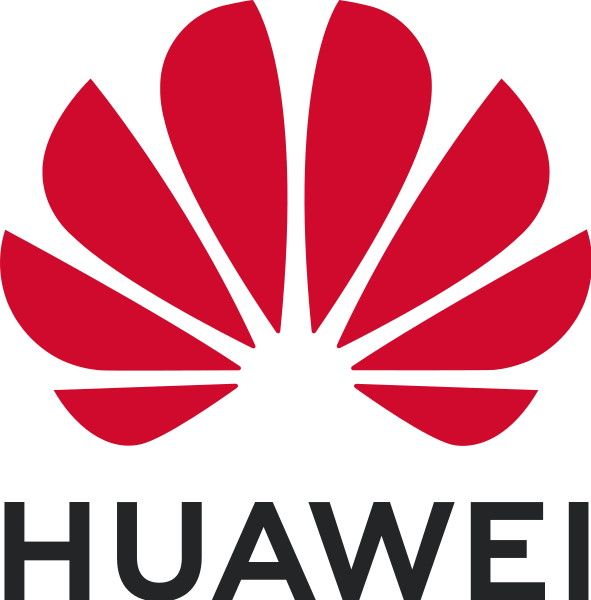
- Huawei
- View at Consumer.huawei
Best Community Project: Google Camera Mods
![]()
Back in 2017, a developer by the name of B-S-G posted a modified version of the Google Camera app extracted from the first-gen Pixel. Our coverage of this mod blew up on the Internet, with over 1.3 million downloads just on the initial release of the modded camera app. Since then, dedicated modders have spent hours, days, and even weeks tinkering with the image processing algorithms of Google’s coveted camera app, tuning the HDR+ algorithm to produce stunning results on millions of non-Pixel smartphones. Sometimes, these modders even figure out how to enable new features before release. Few community projects on XDA have the staying power of GCam mods, which is why we award them—and their creators—our award for Best Community Project of 2020.
 These days, Google Camera mods are more popular than ever, with tens of millions of individual downloads and dozens of modded versions available. Our own Google Camera Hub is the best way to find discussion on which GCam port is the best one for your particular device, and we constantly find new threads to add to the list. Throughout the years, GCam modders have banded together to overcome hurdle after hurdle, including figuring out ways to import/export settings, enable auxiliary camera access without root, and enable new Pixel camera features like Super Res Zoom on all devices. As more and more Google Camera features become hardware-dependent, the camera app itself becomes more complex (notably, GCam 8.X came with encrypted strings), and OEMs get better at tuning their own image processing software, GCam mods may decrease in popularity. But for now, they’re the best and most popular community project on XDA, and we have our dedicated modders (and, of course, Google!) to thank for that.
These days, Google Camera mods are more popular than ever, with tens of millions of individual downloads and dozens of modded versions available. Our own Google Camera Hub is the best way to find discussion on which GCam port is the best one for your particular device, and we constantly find new threads to add to the list. Throughout the years, GCam modders have banded together to overcome hurdle after hurdle, including figuring out ways to import/export settings, enable auxiliary camera access without root, and enable new Pixel camera features like Super Res Zoom on all devices. As more and more Google Camera features become hardware-dependent, the camera app itself becomes more complex (notably, GCam 8.X came with encrypted strings), and OEMs get better at tuning their own image processing software, GCam mods may decrease in popularity. But for now, they’re the best and most popular community project on XDA, and we have our dedicated modders (and, of course, Google!) to thank for that.
Our honorable mention goes to LineageOS, the most popular aftermarket Android-based distribution. There’s a lot of reasons we love LineageOS, and it can’t be understated how important it is to have a semi-professional, organized custom development team take the reins on bringing up AOSP on dozens of older smartphones and tablets. Without support from one or more maintainers in the LineageOS team, there often wouldn’t be a development community at all for many less popular devices. We wanted to close off our Best of 2020 post with a special shout-out to not just LineageOS but to all independent developers on our forums that share their work with users and fellow developers — XDA wouldn’t exist without you.

